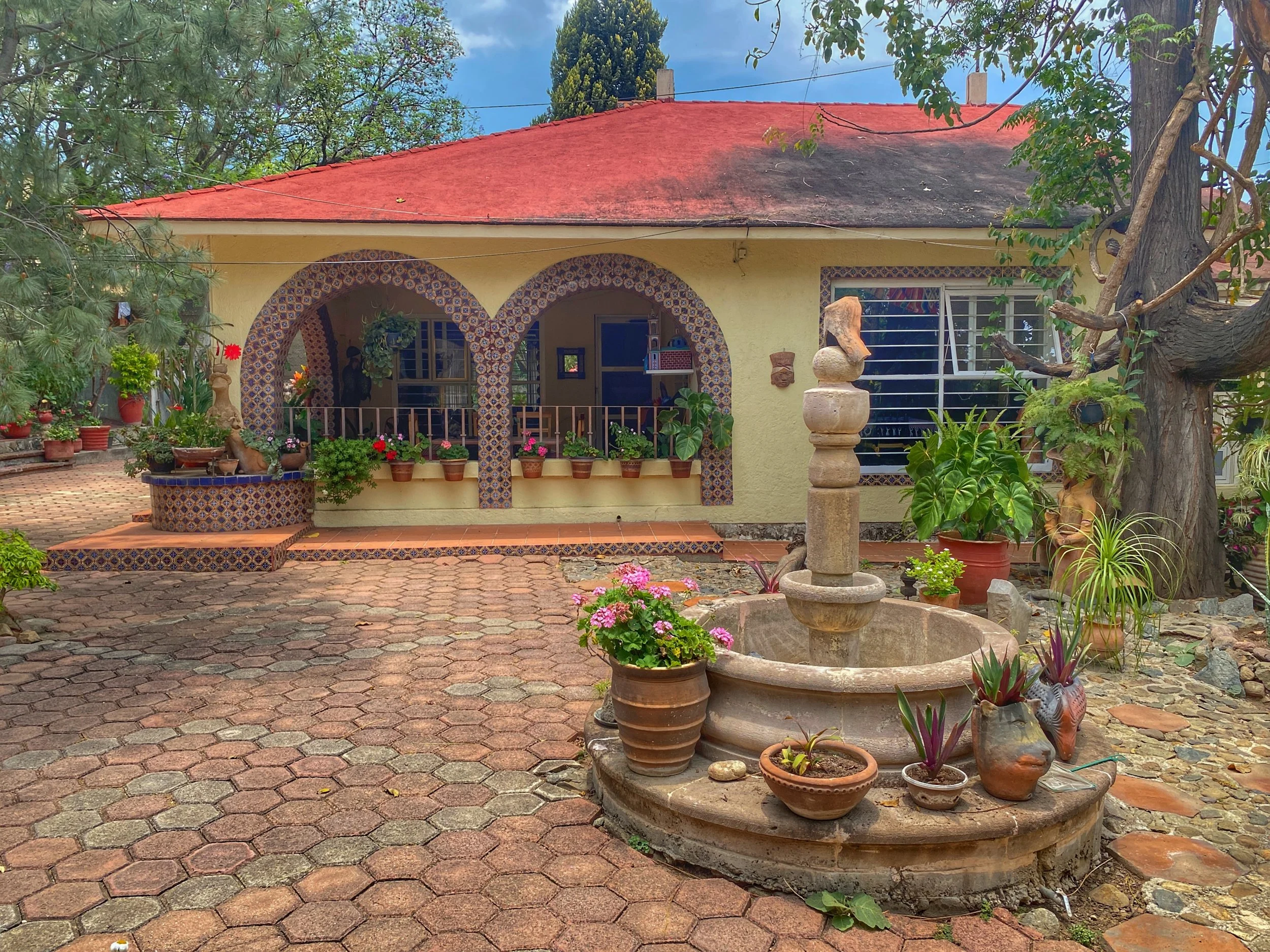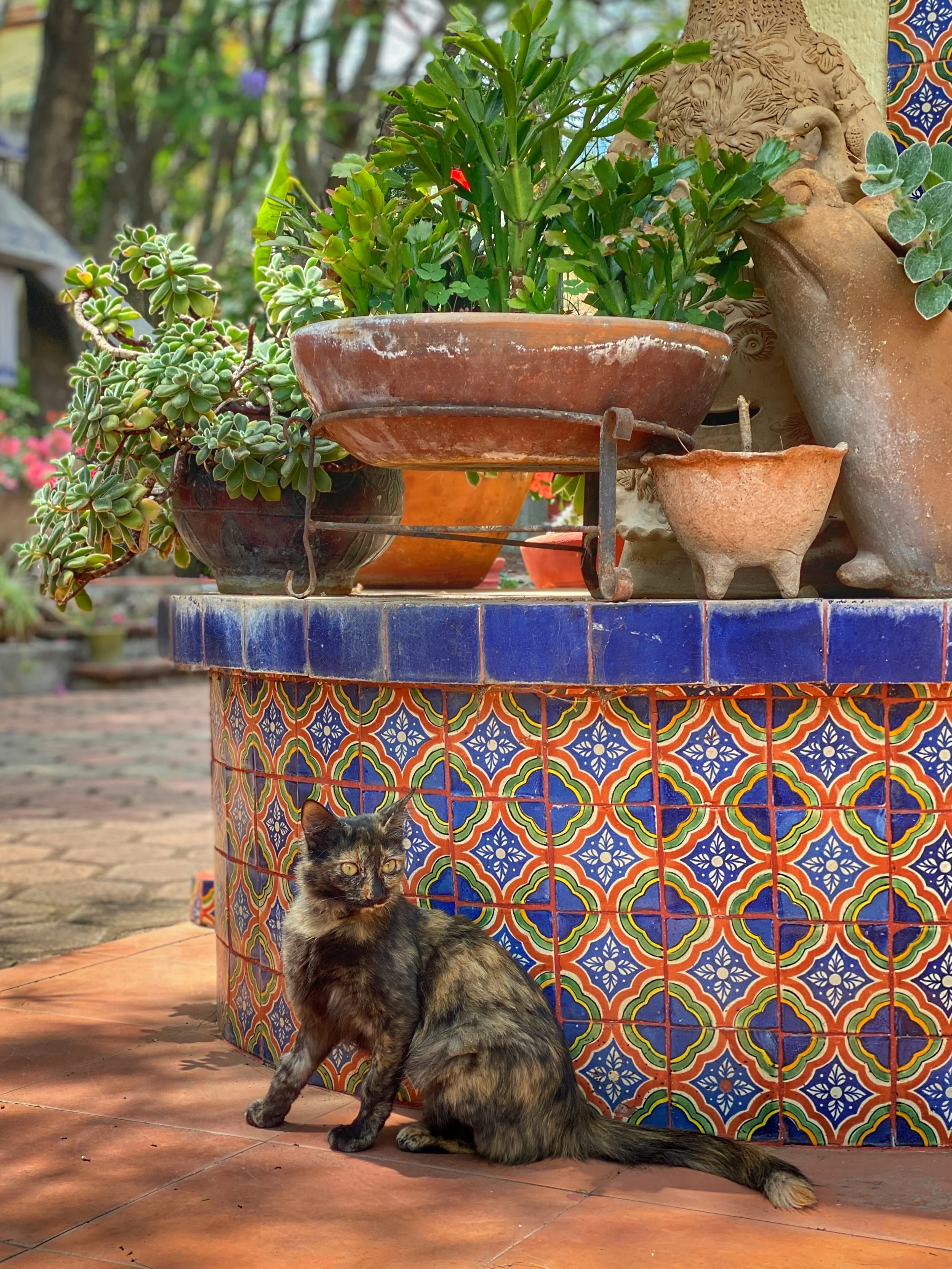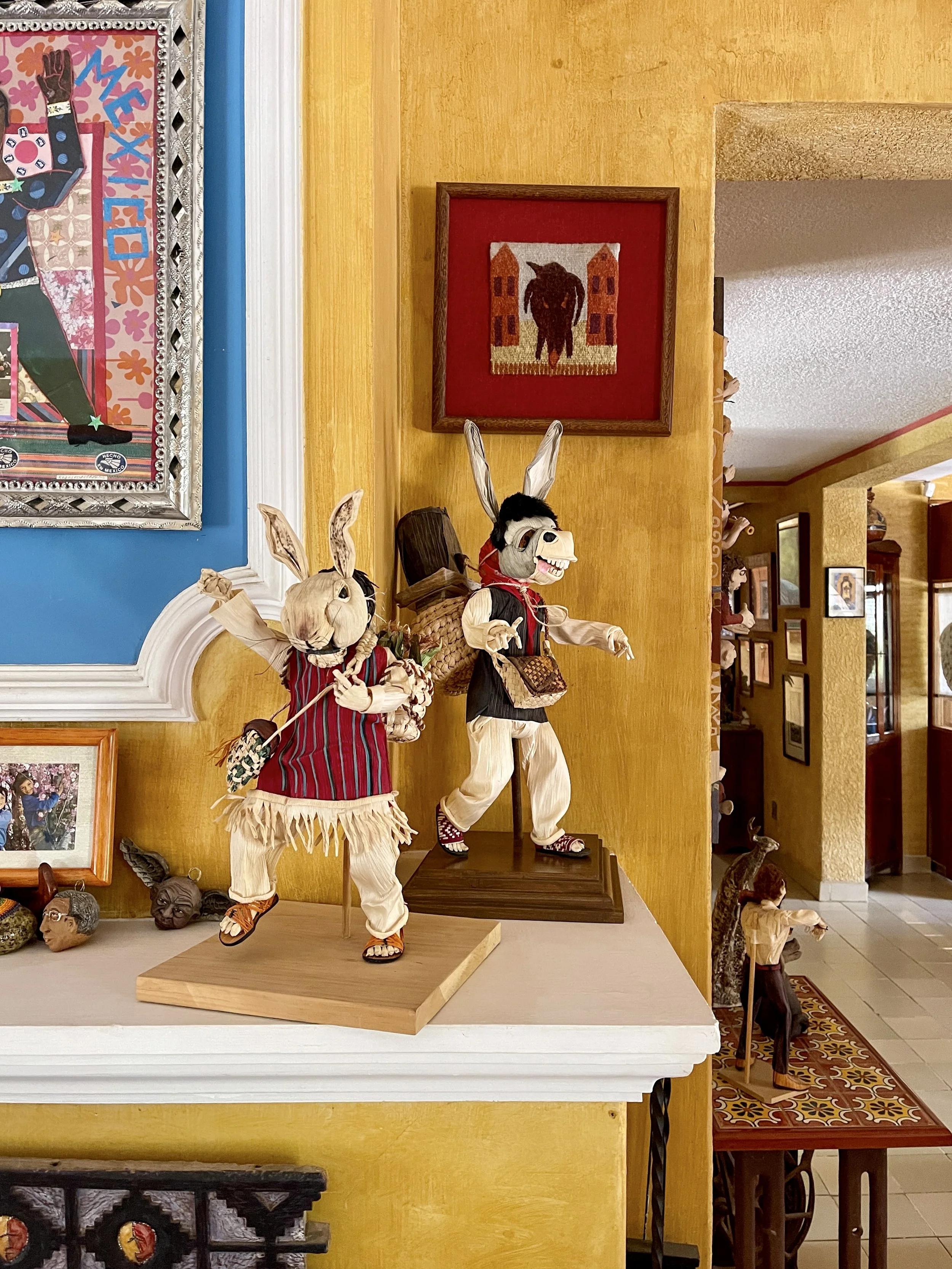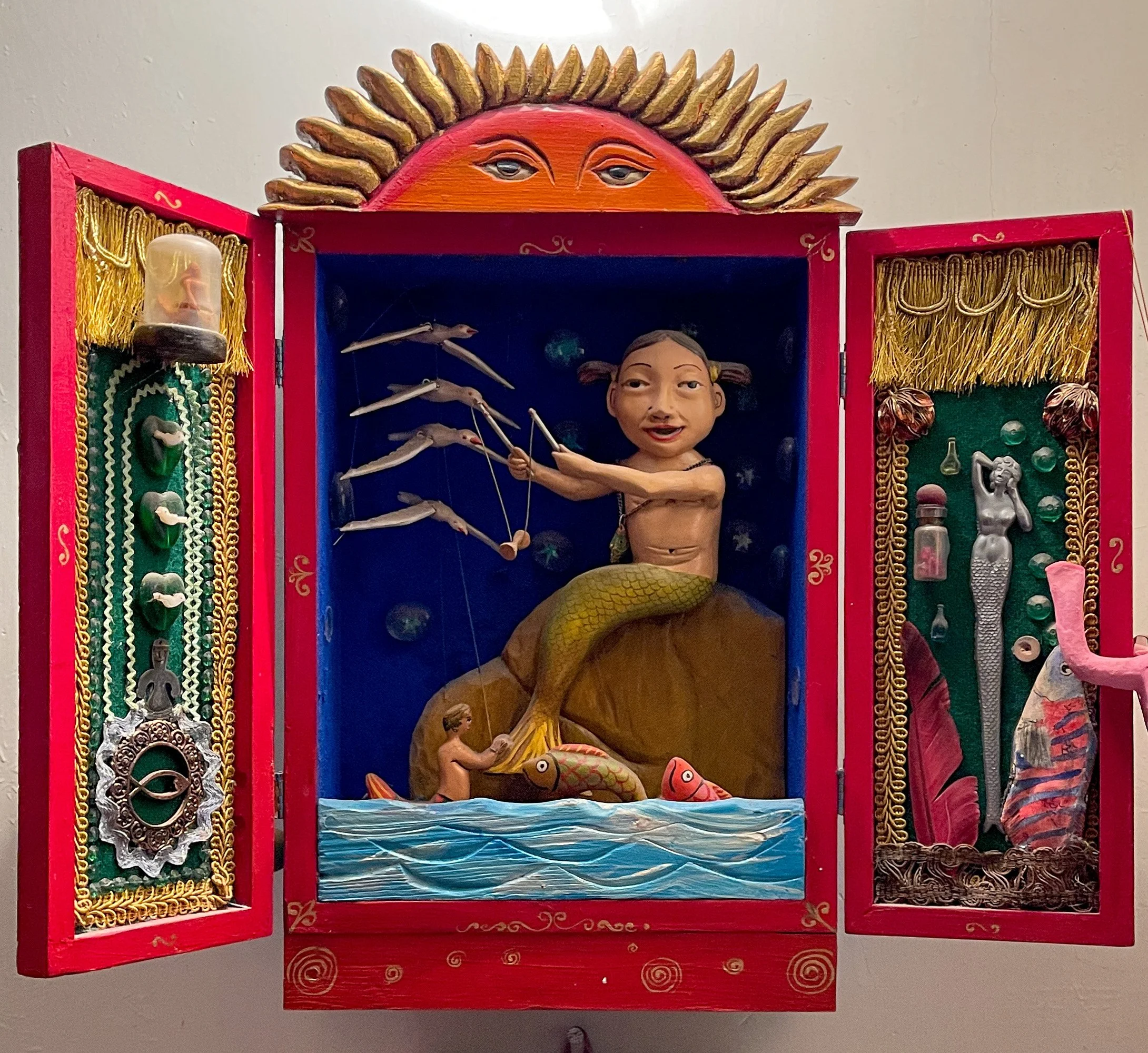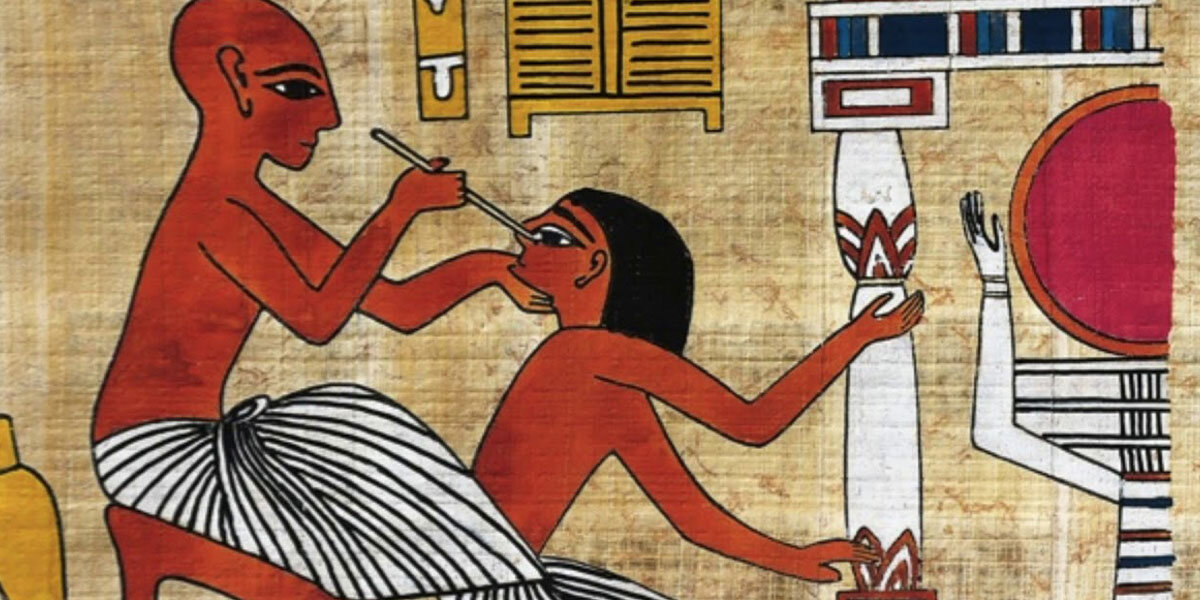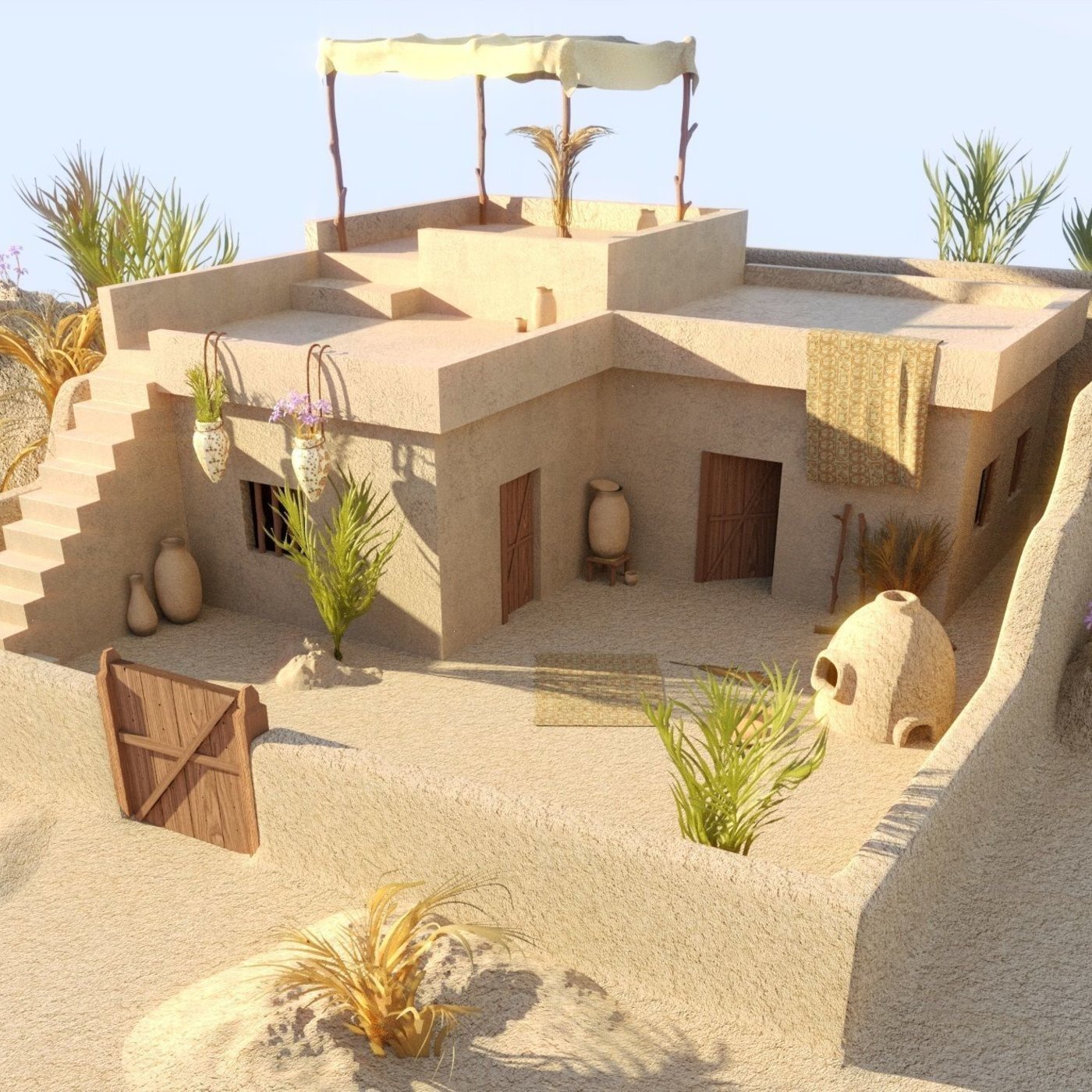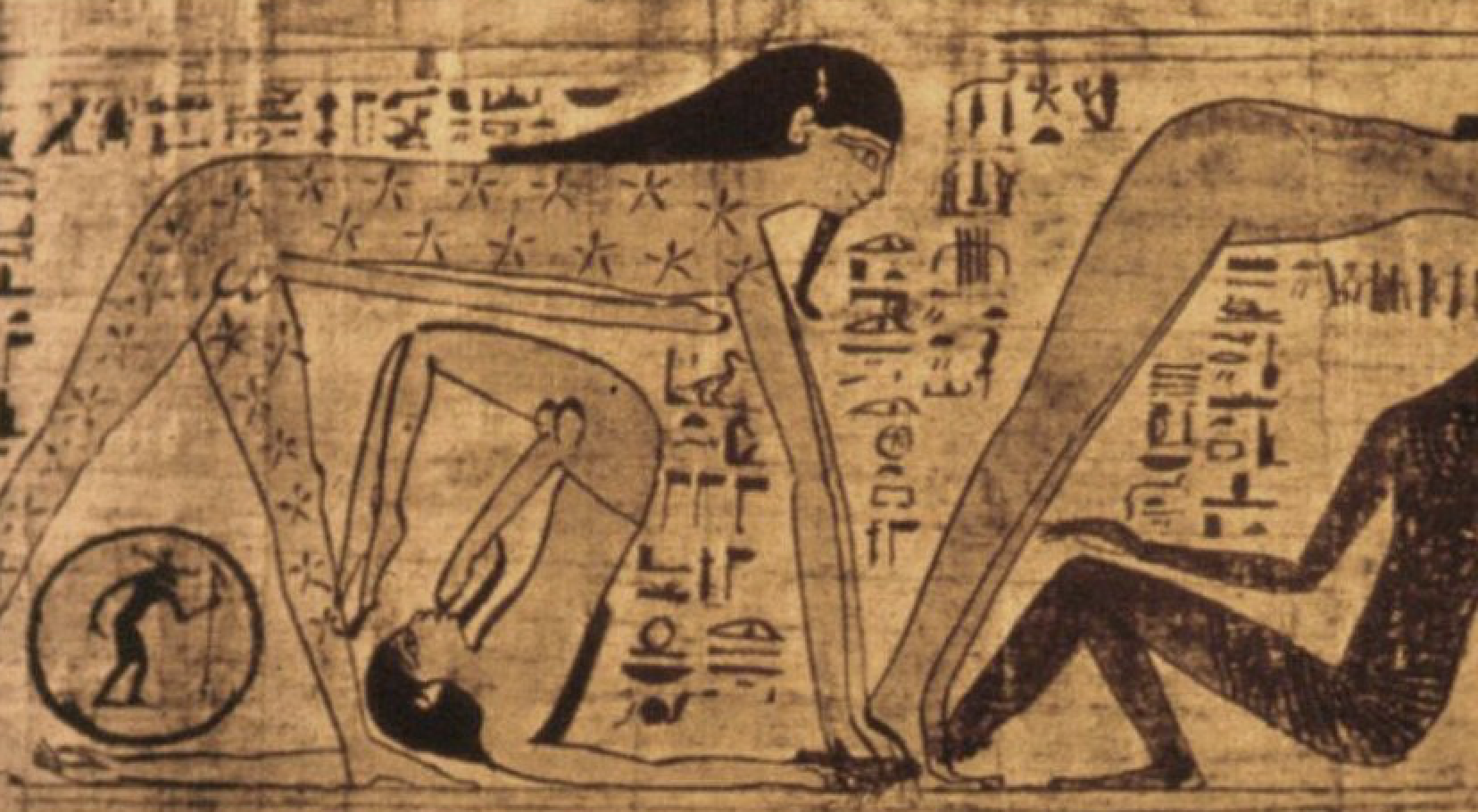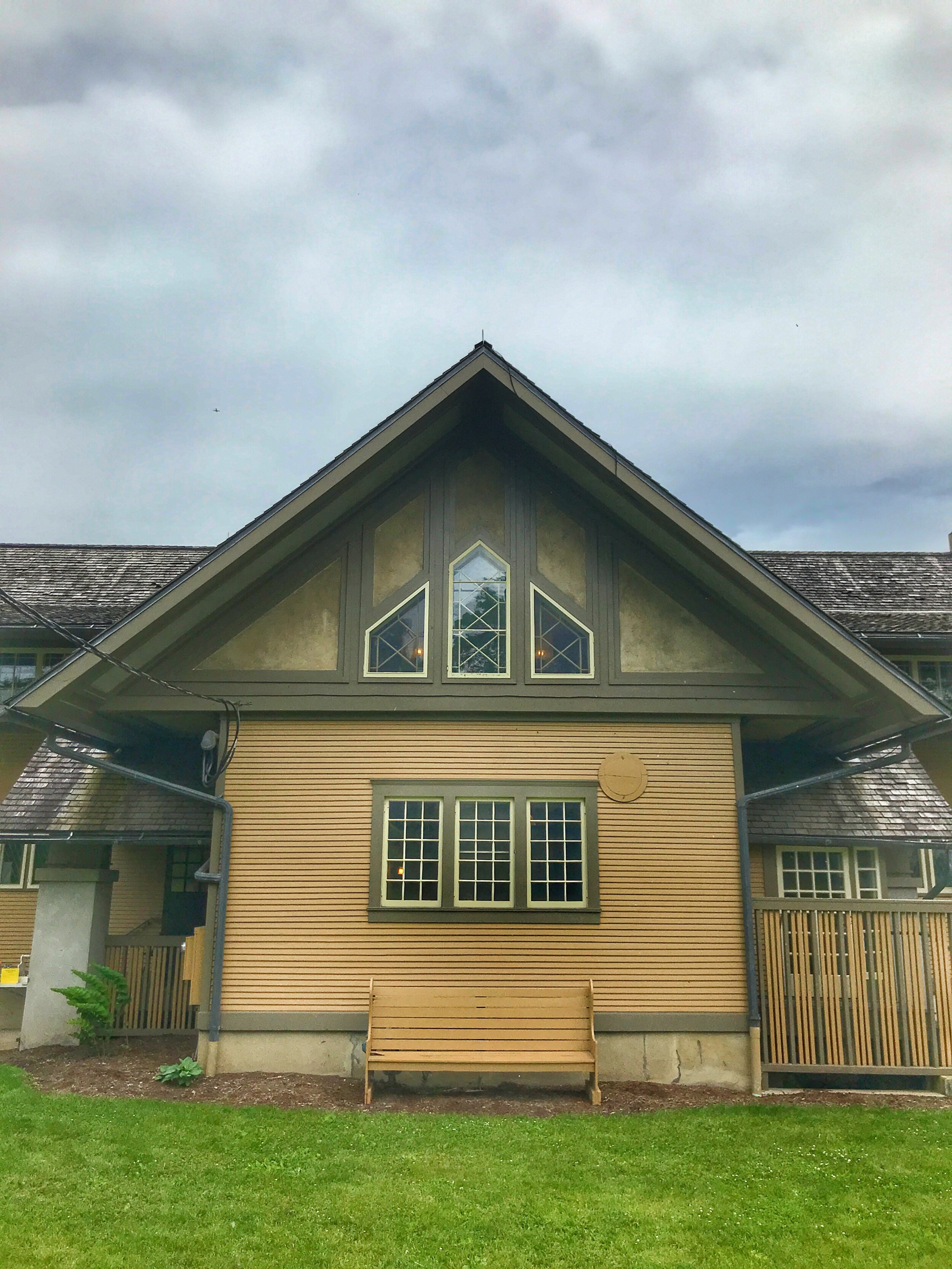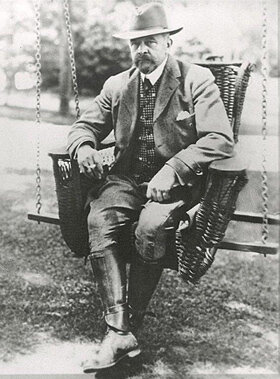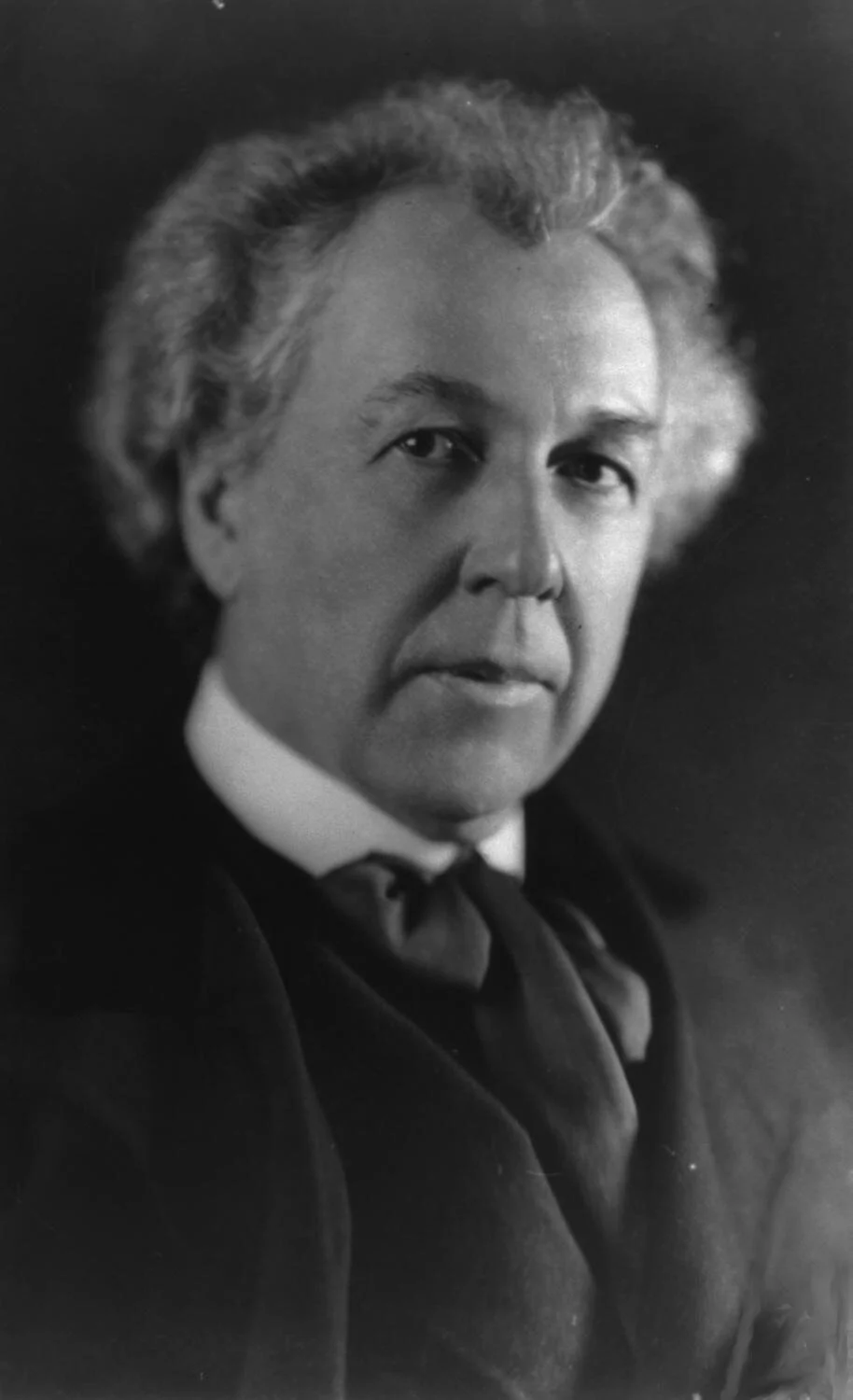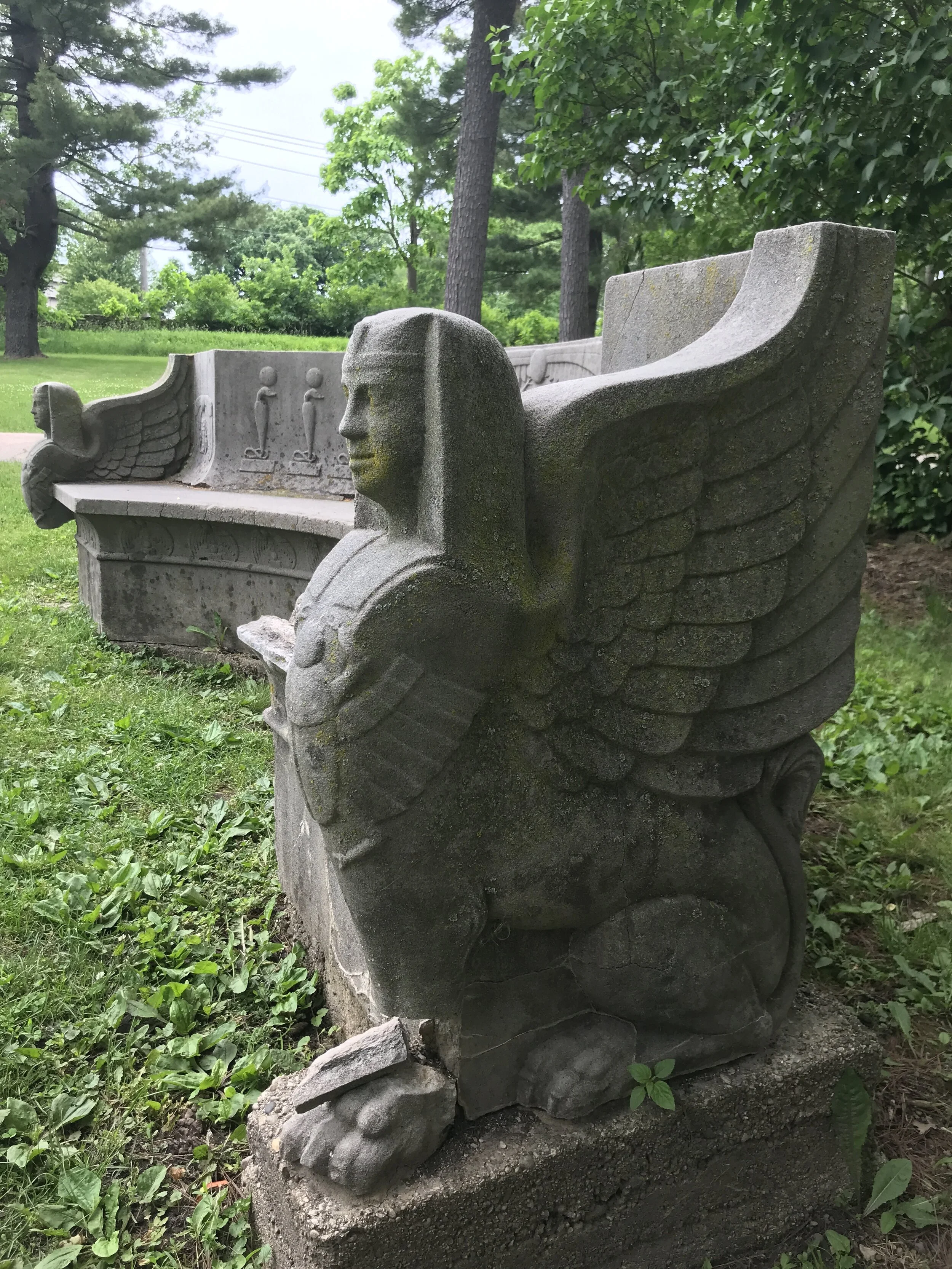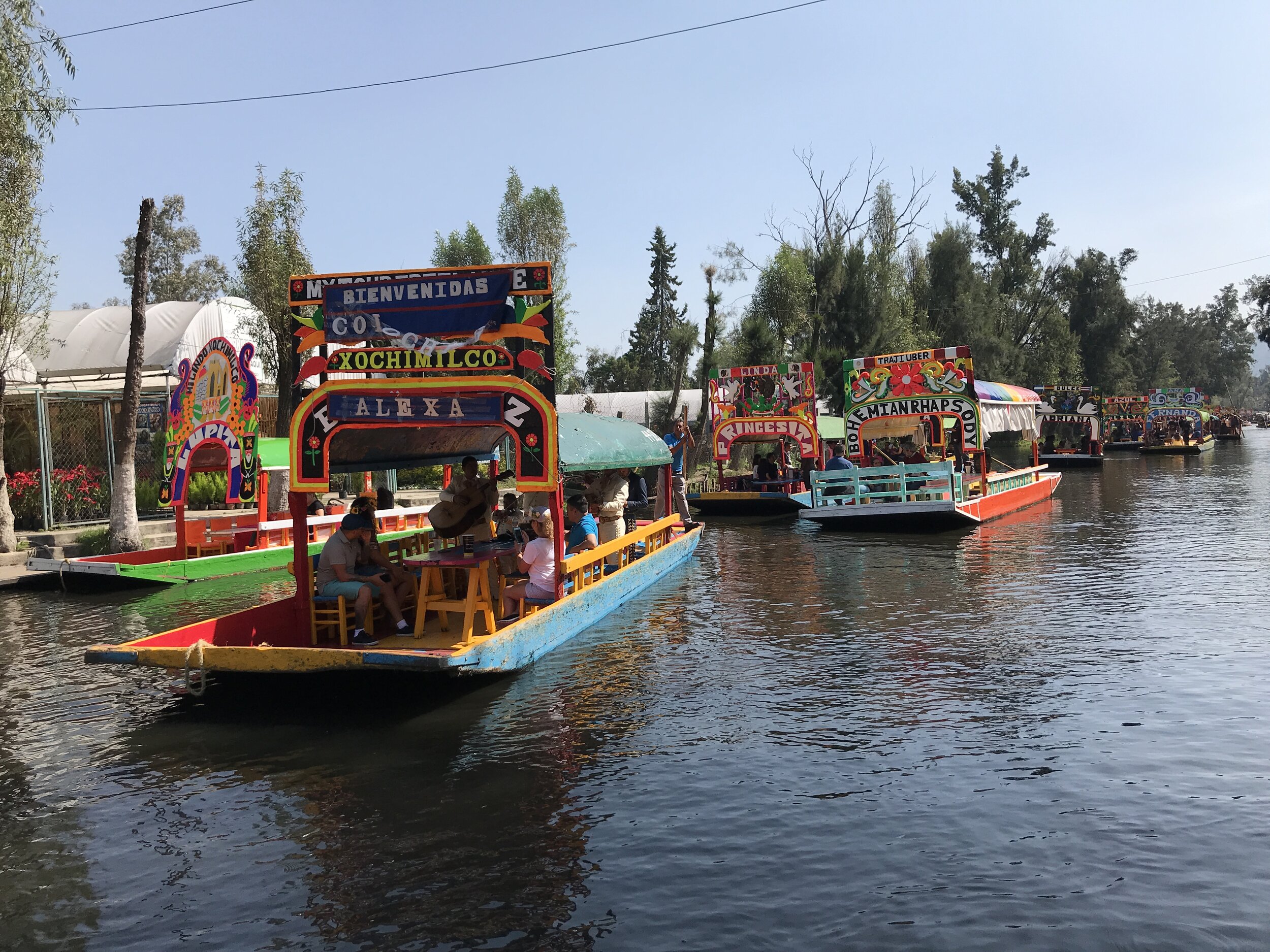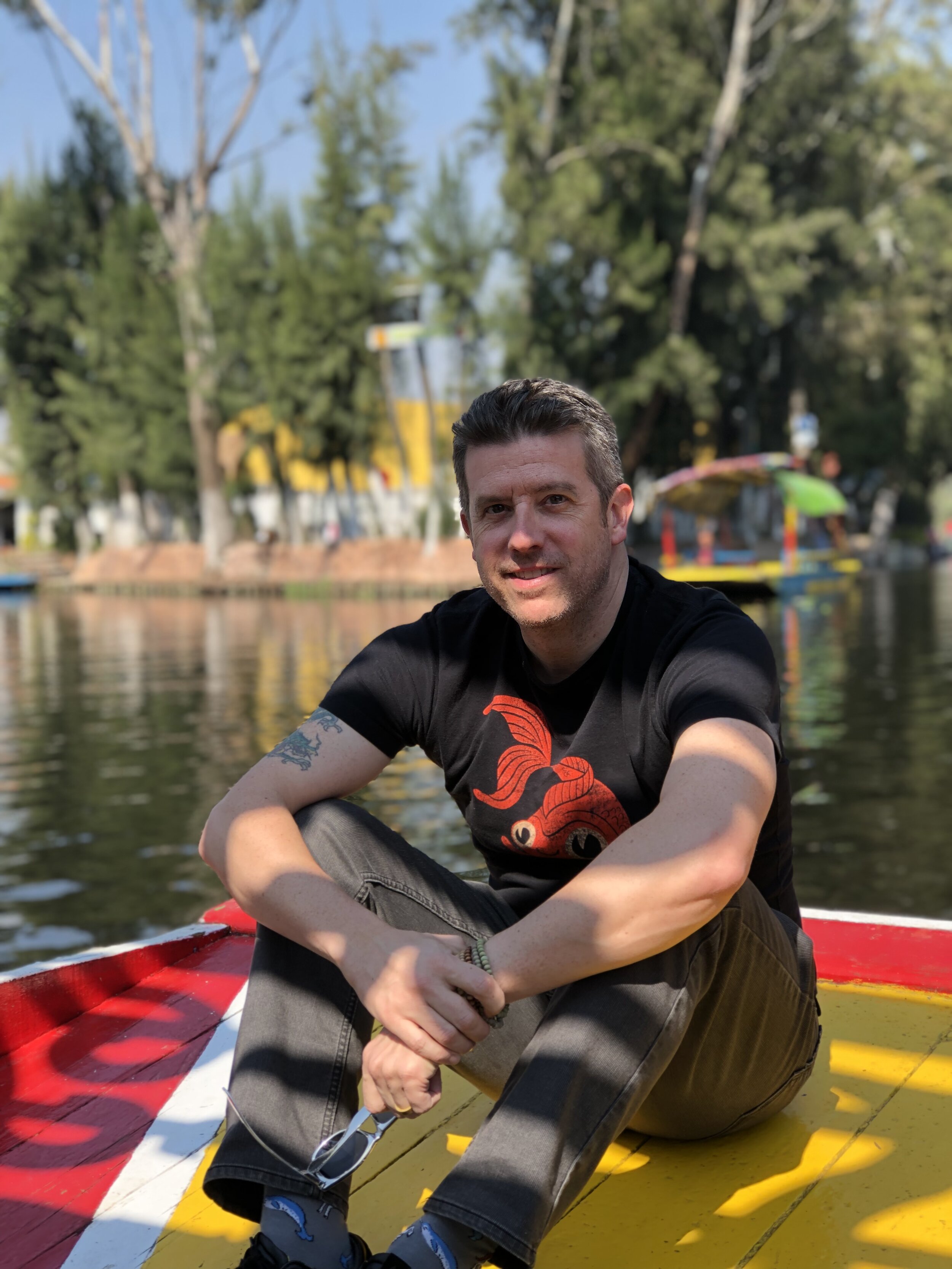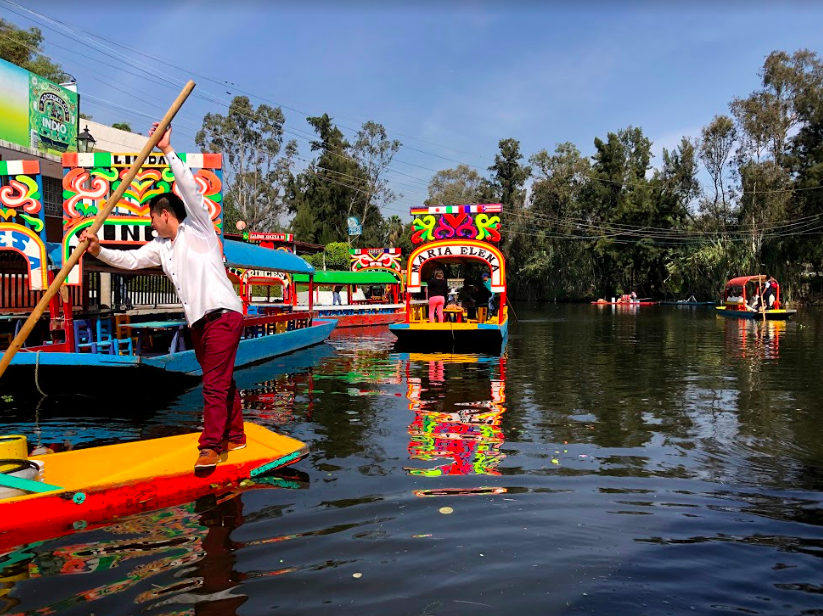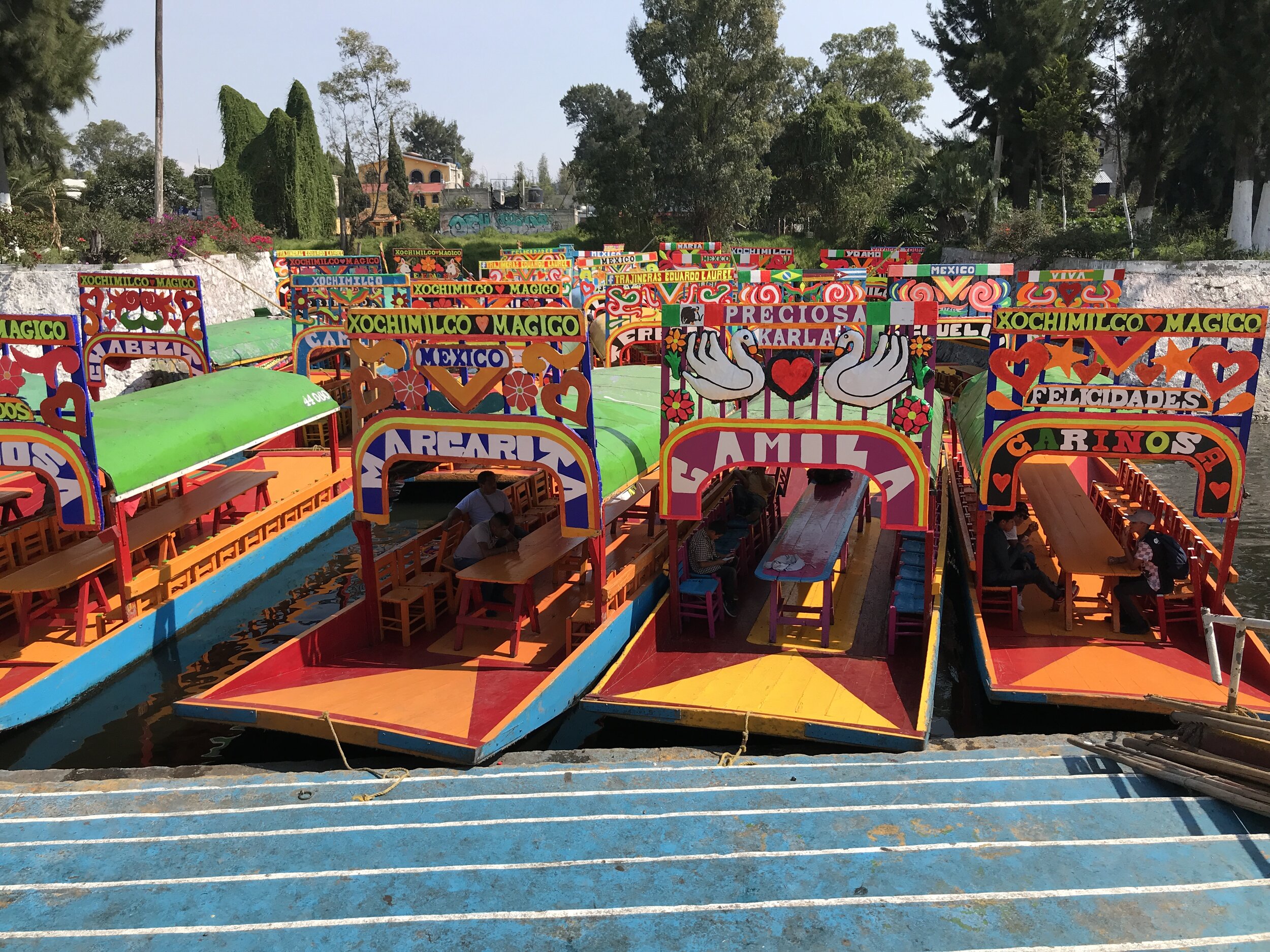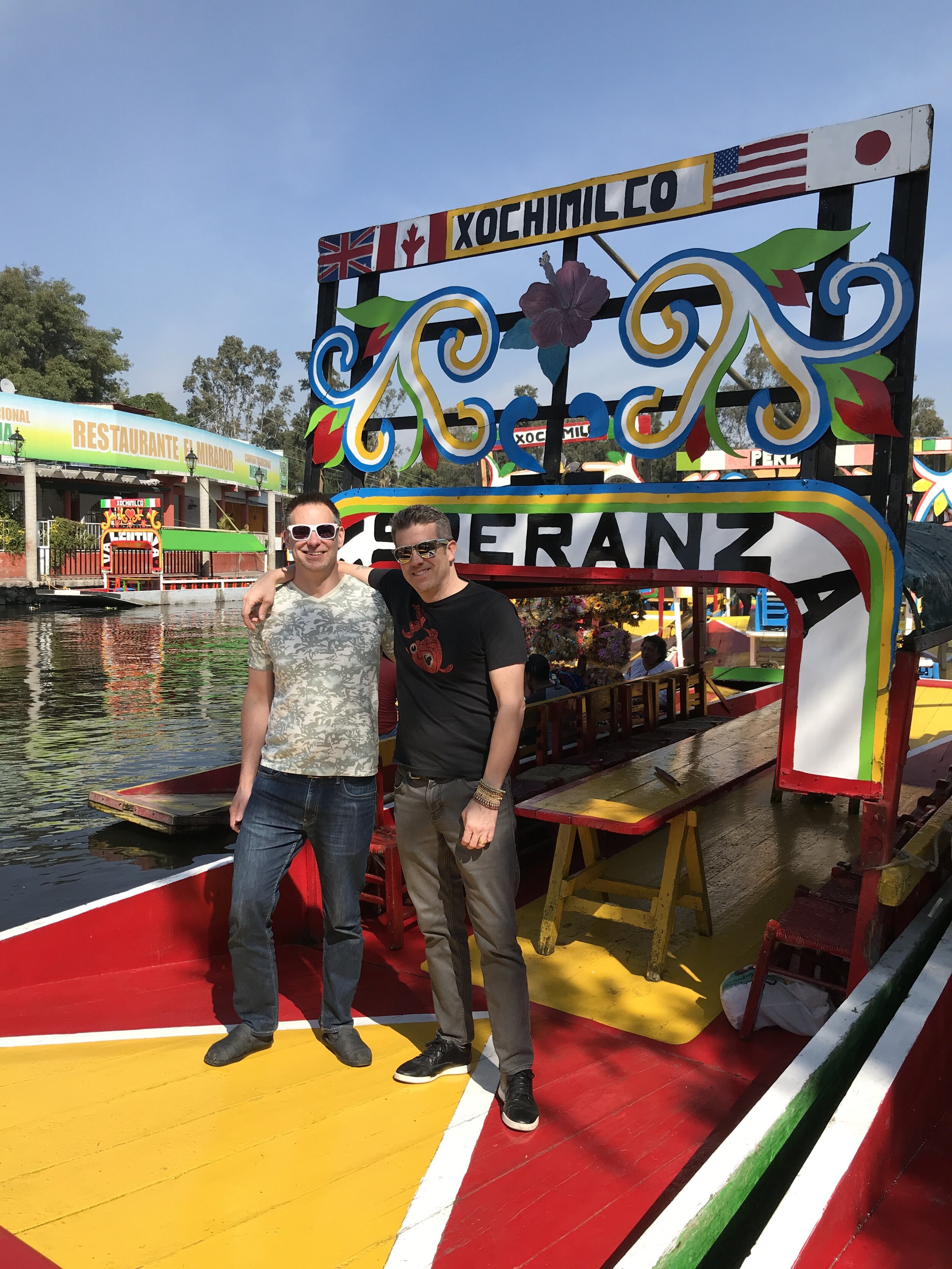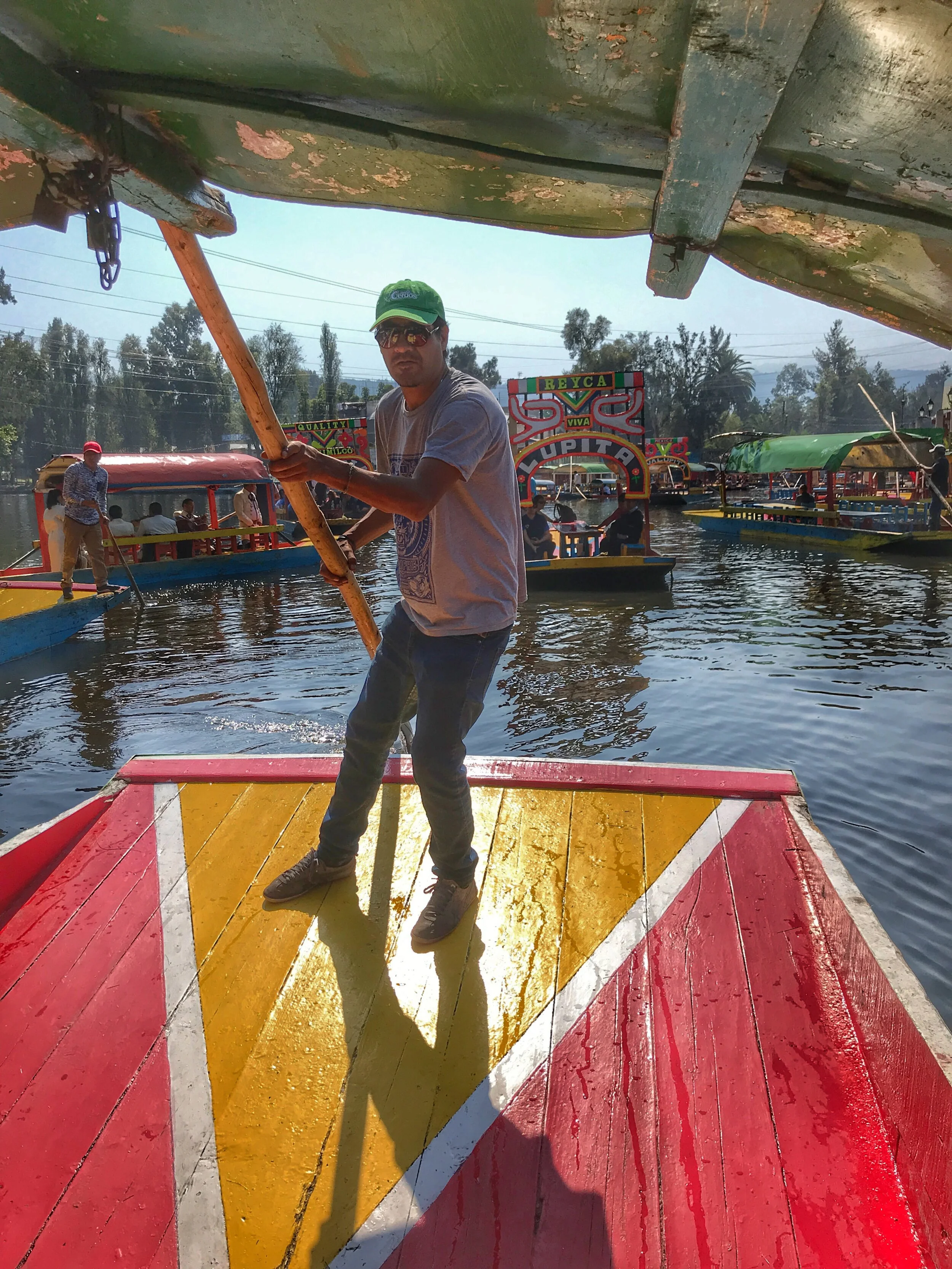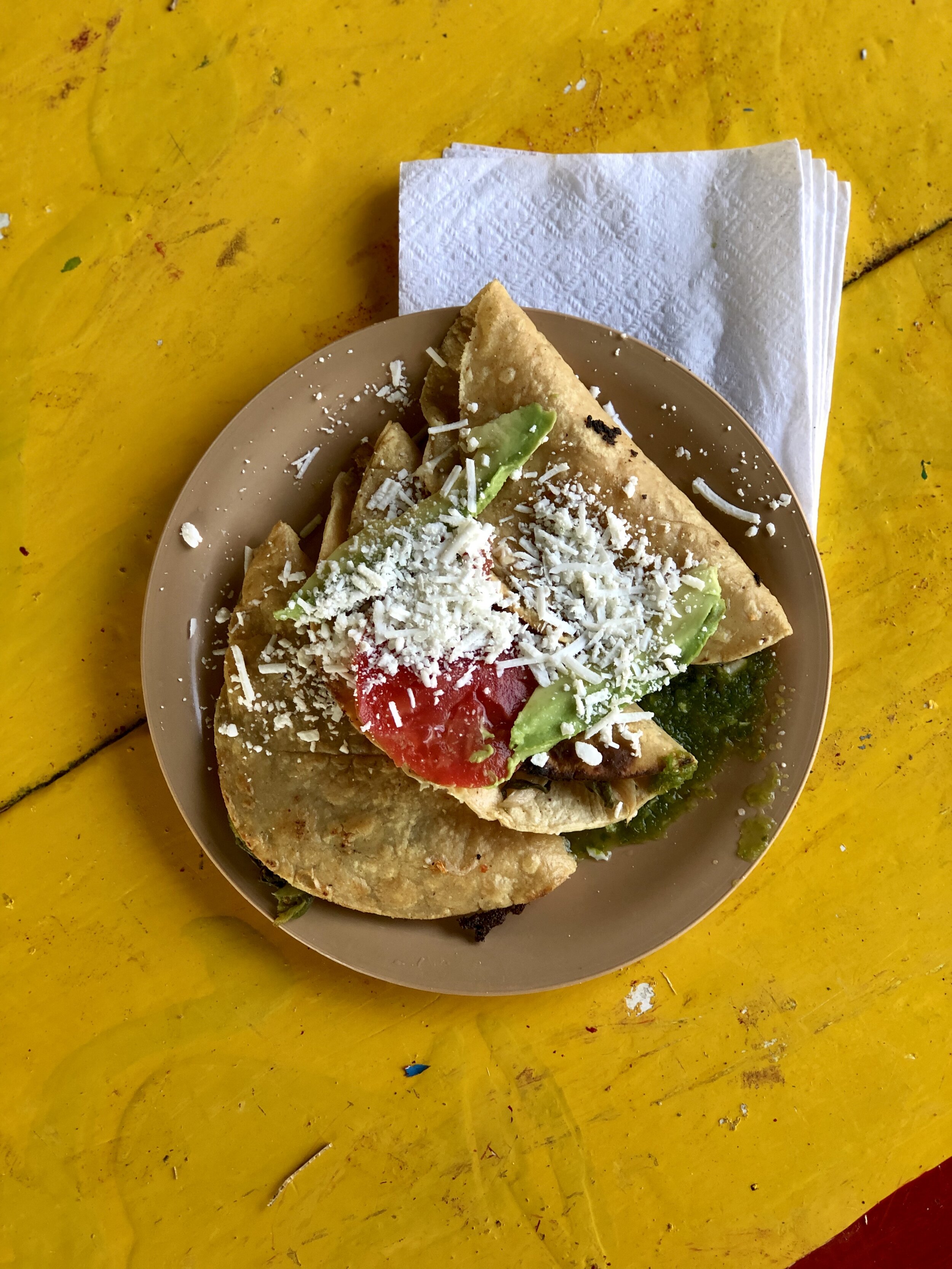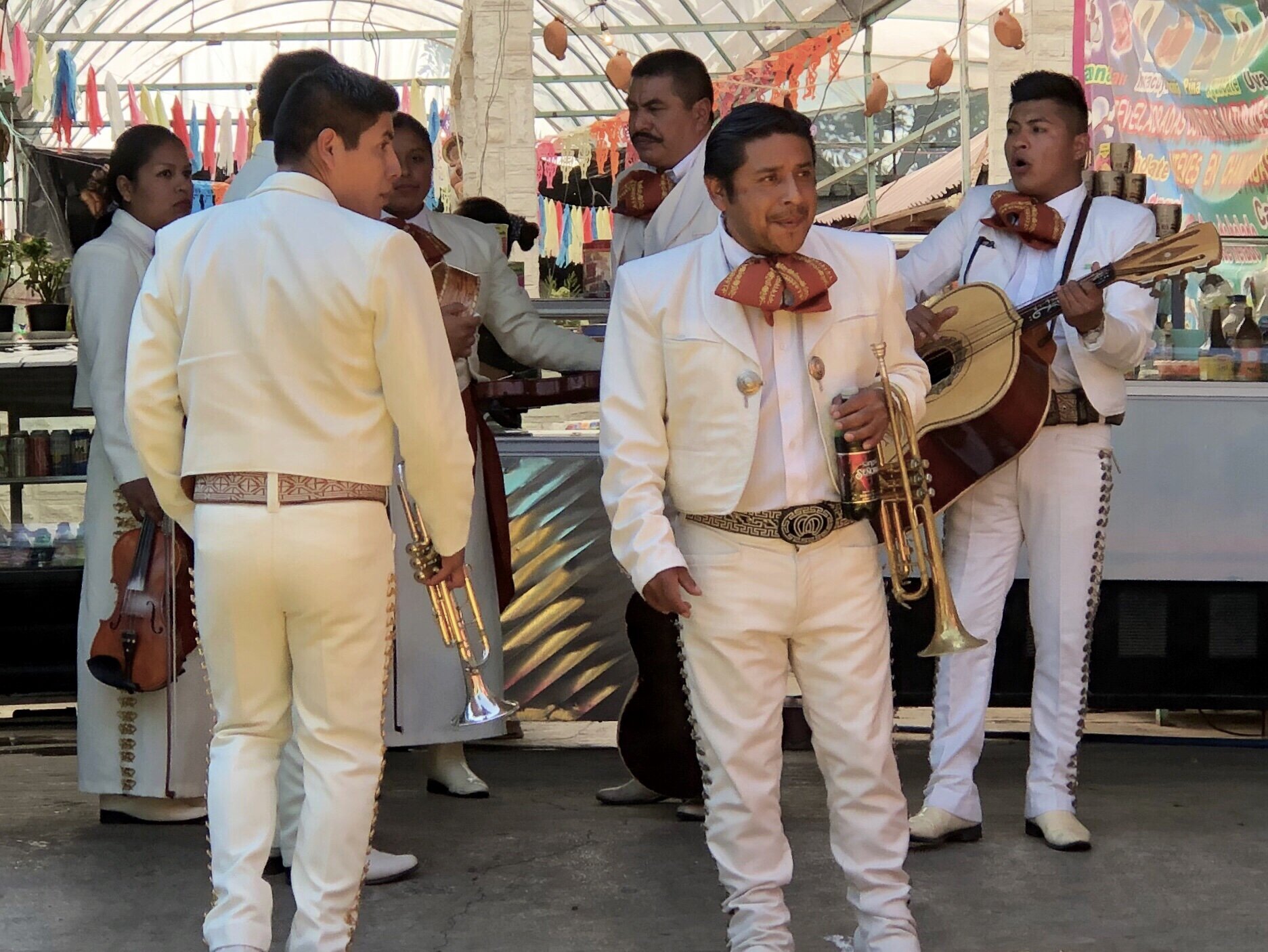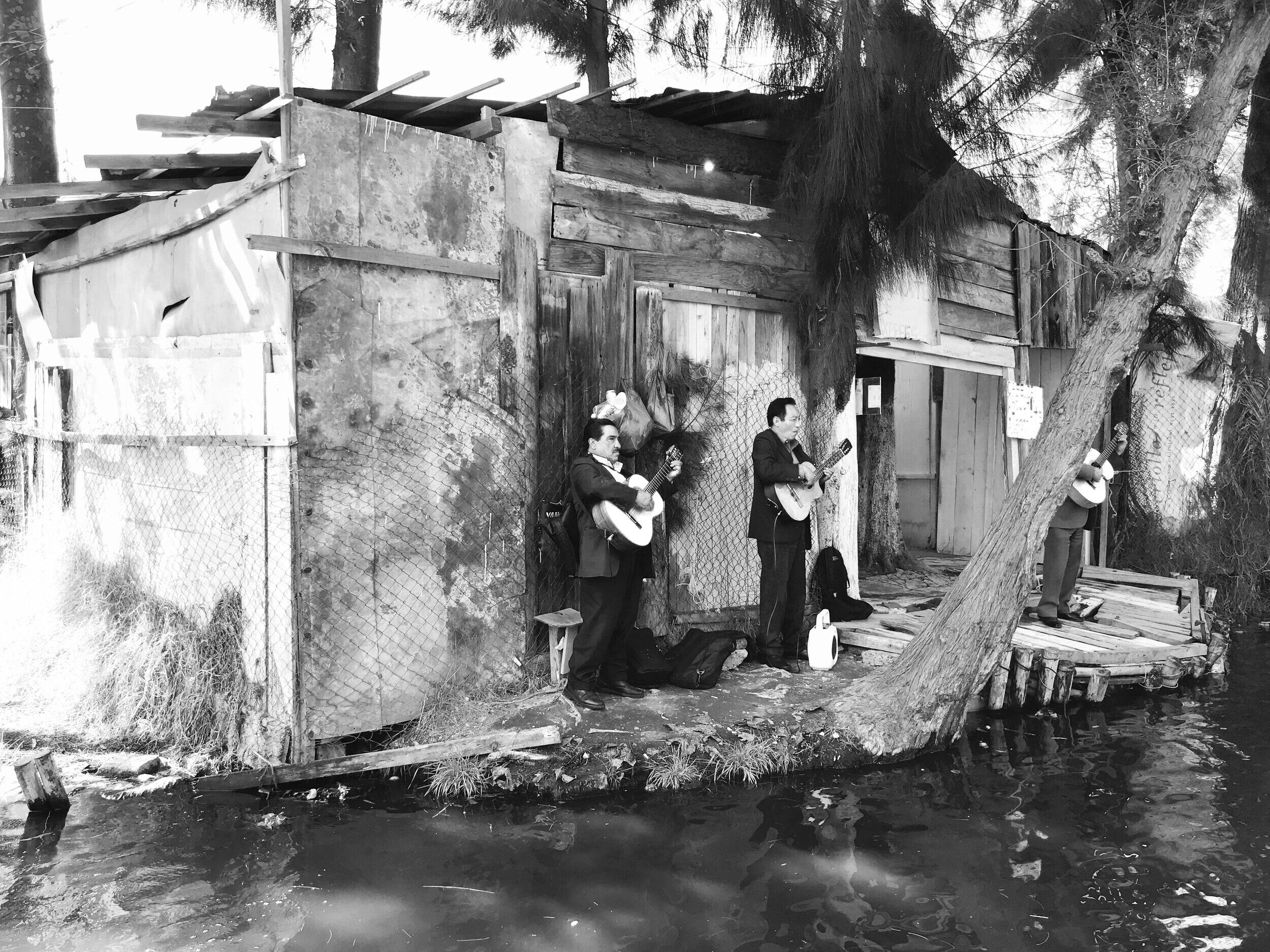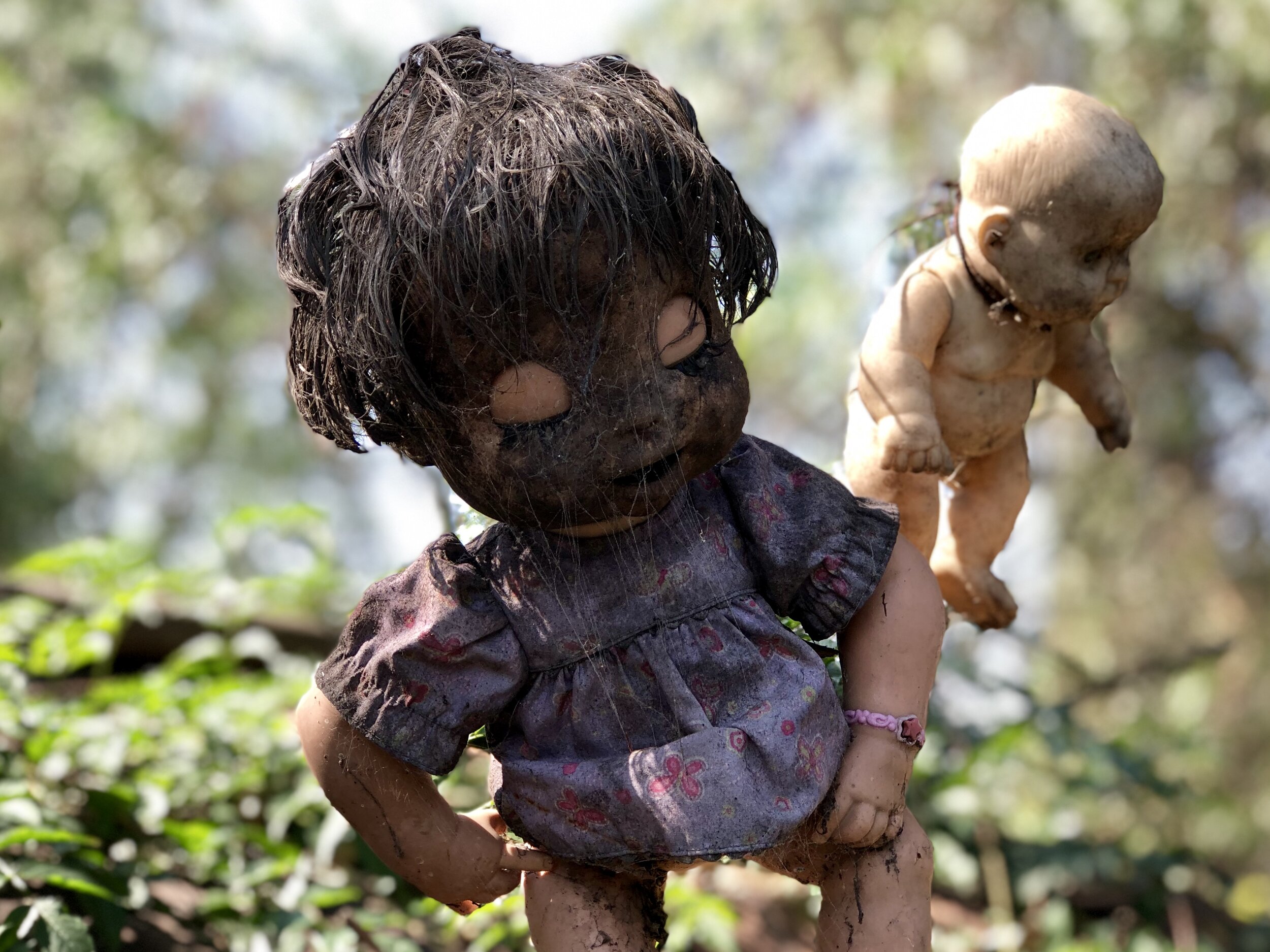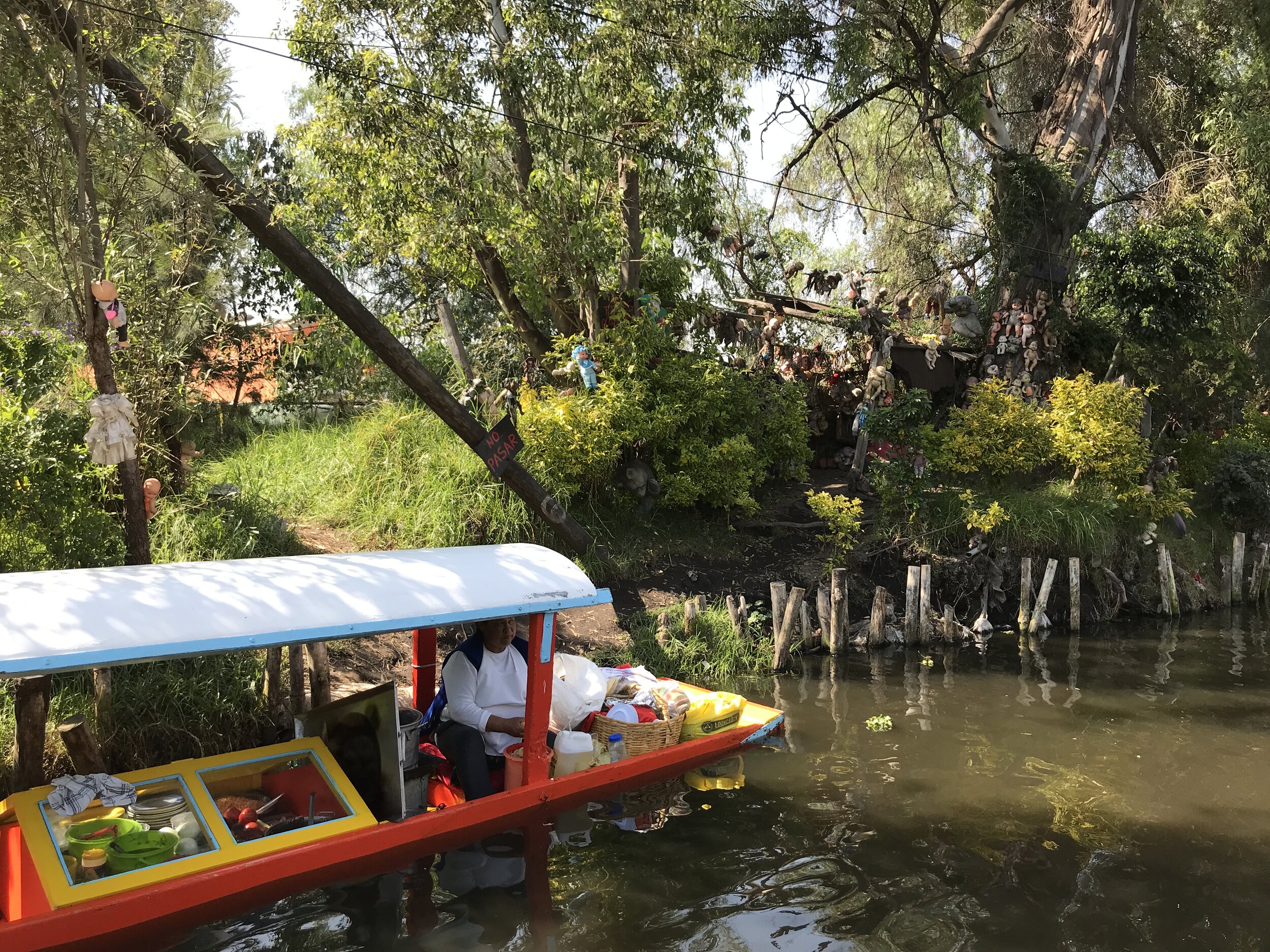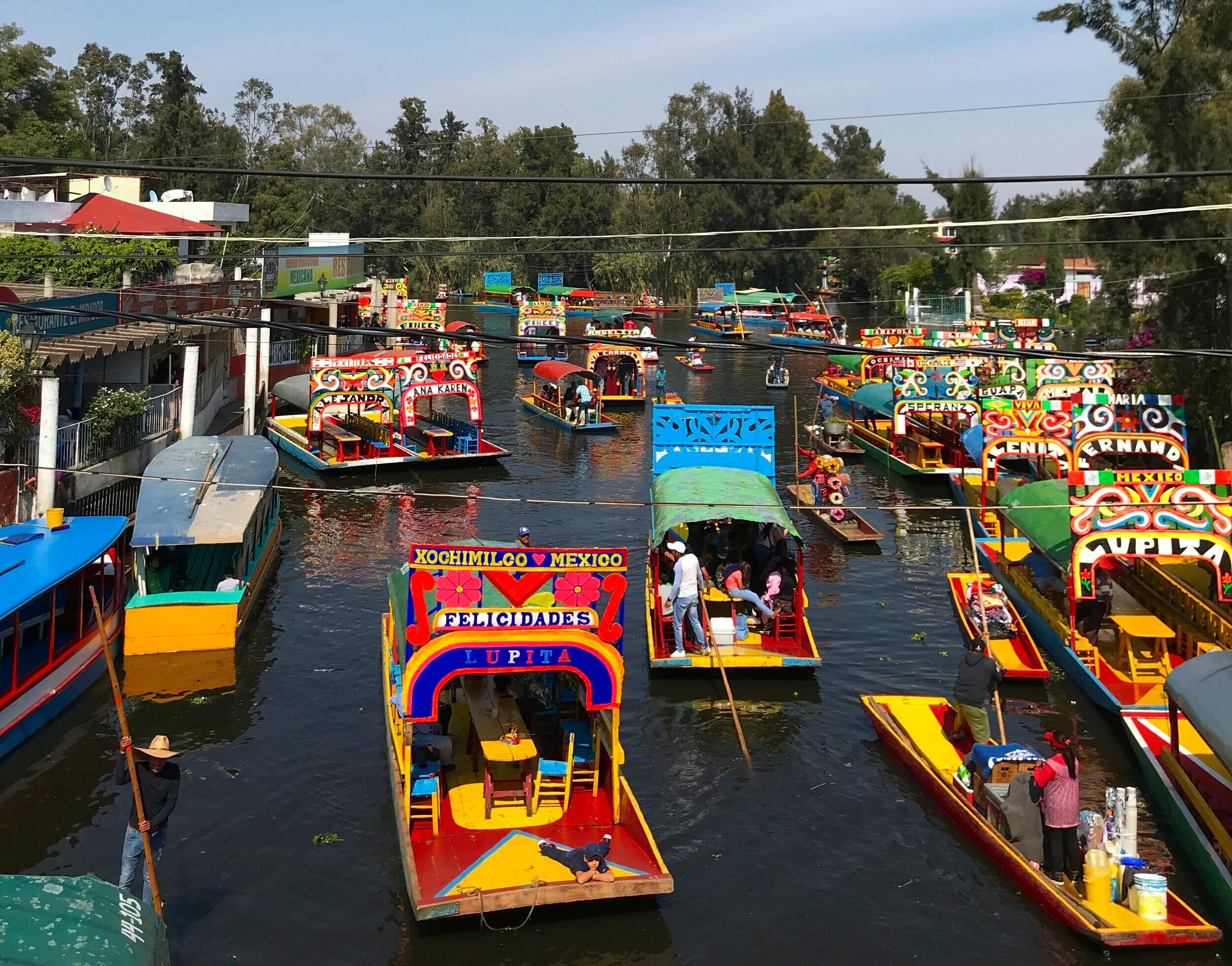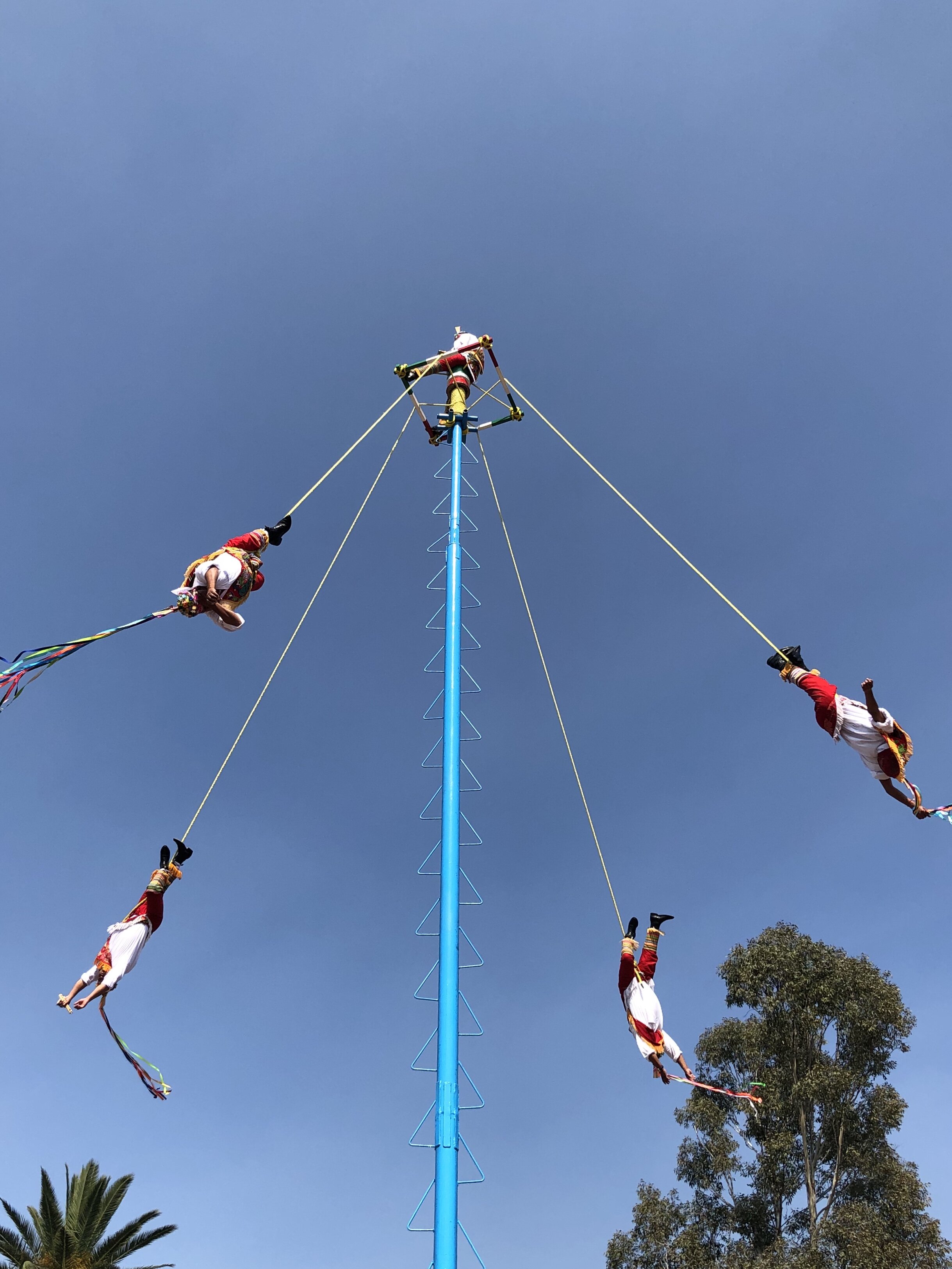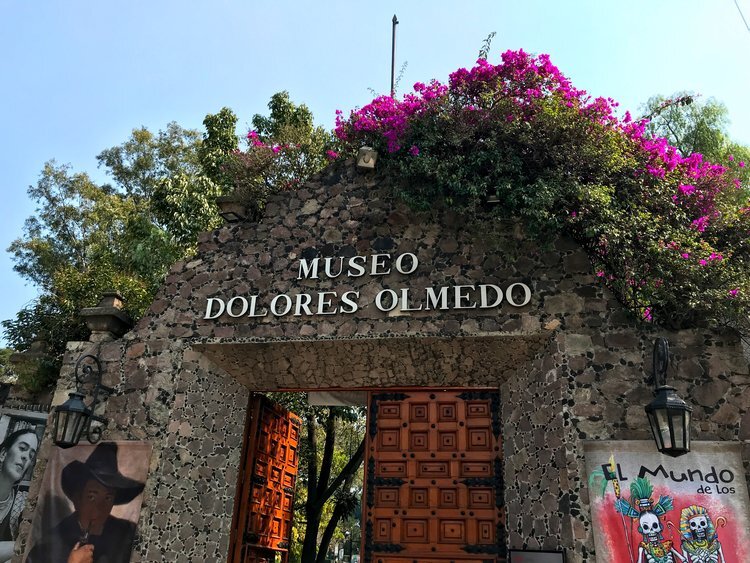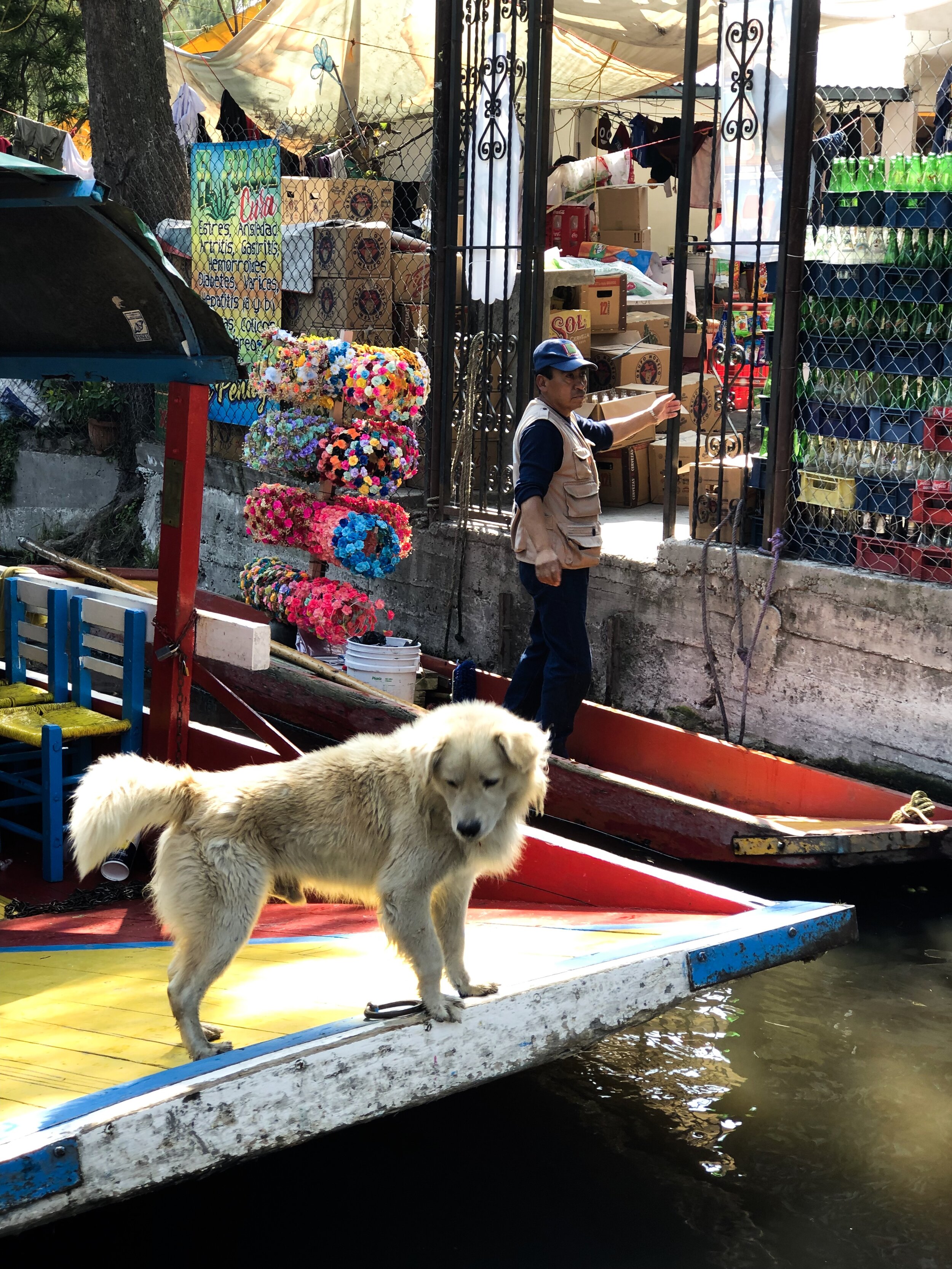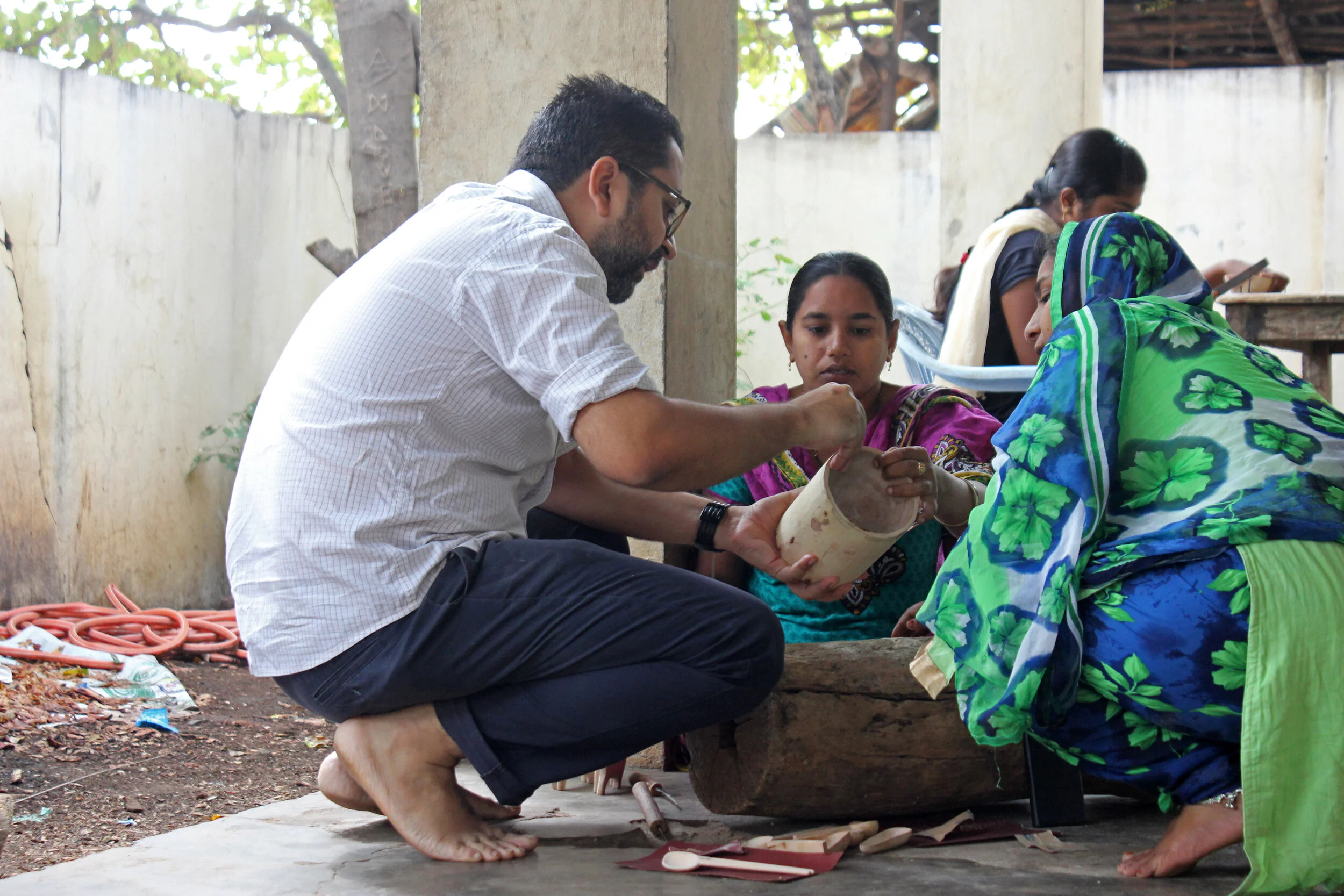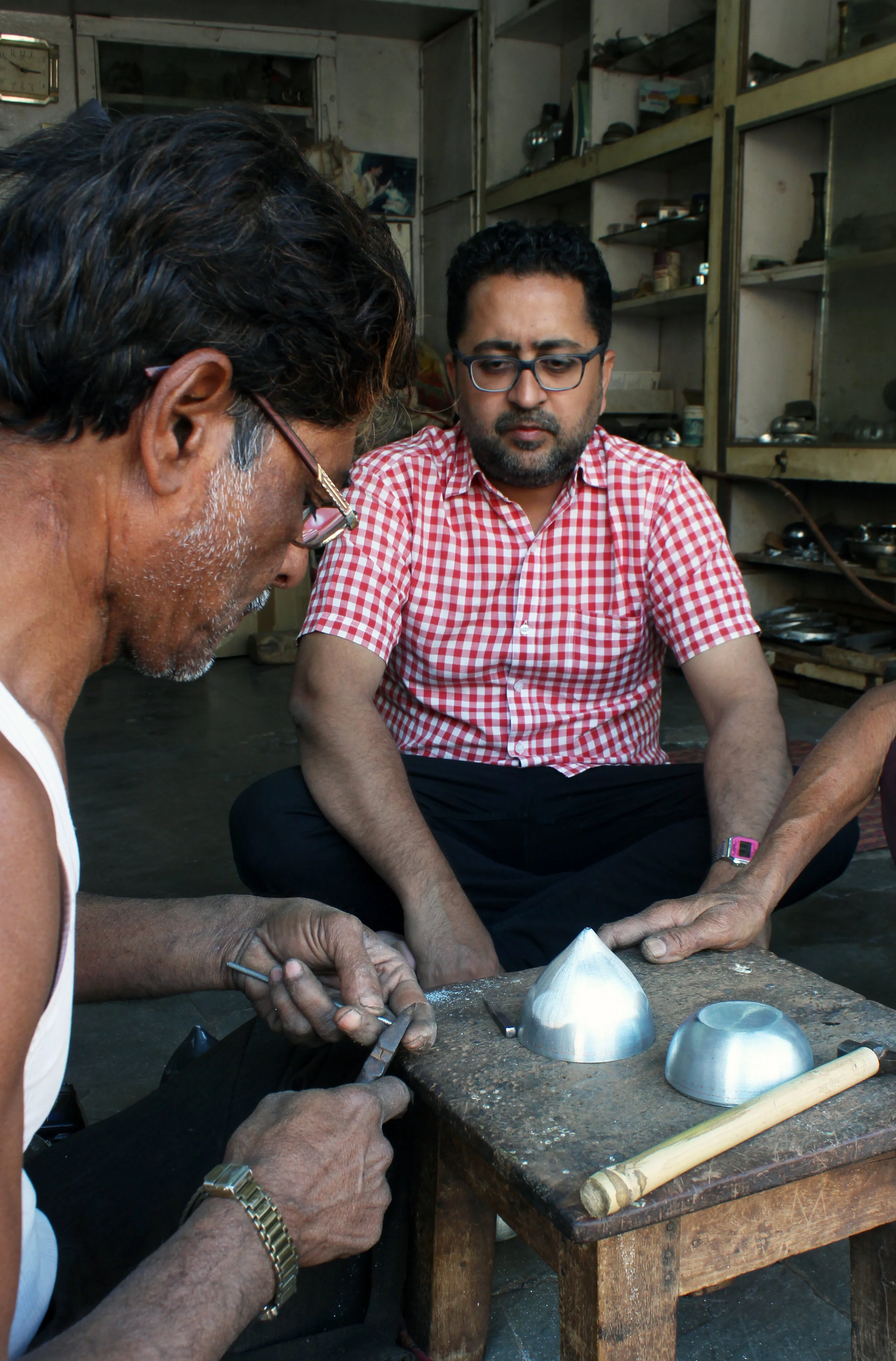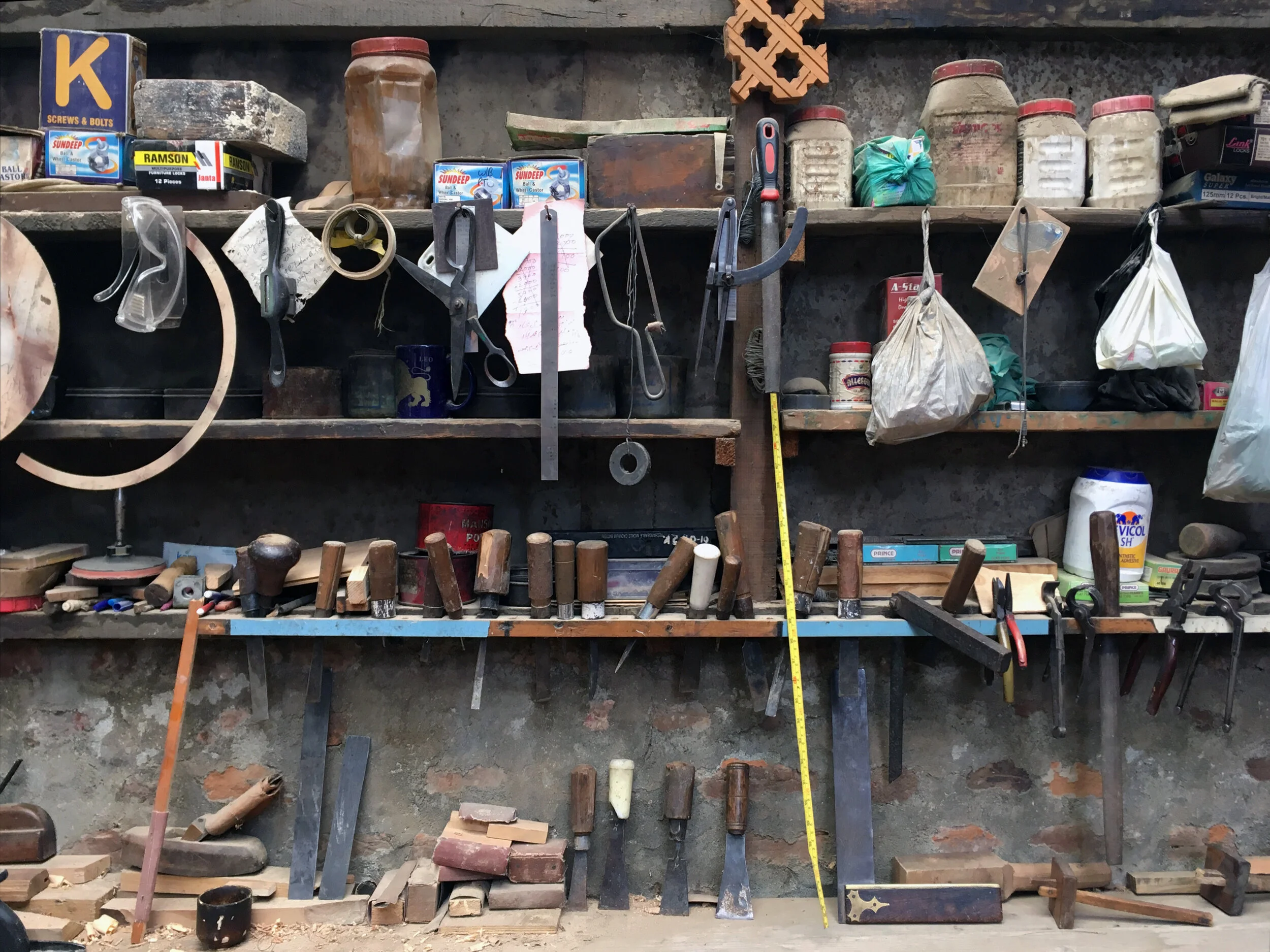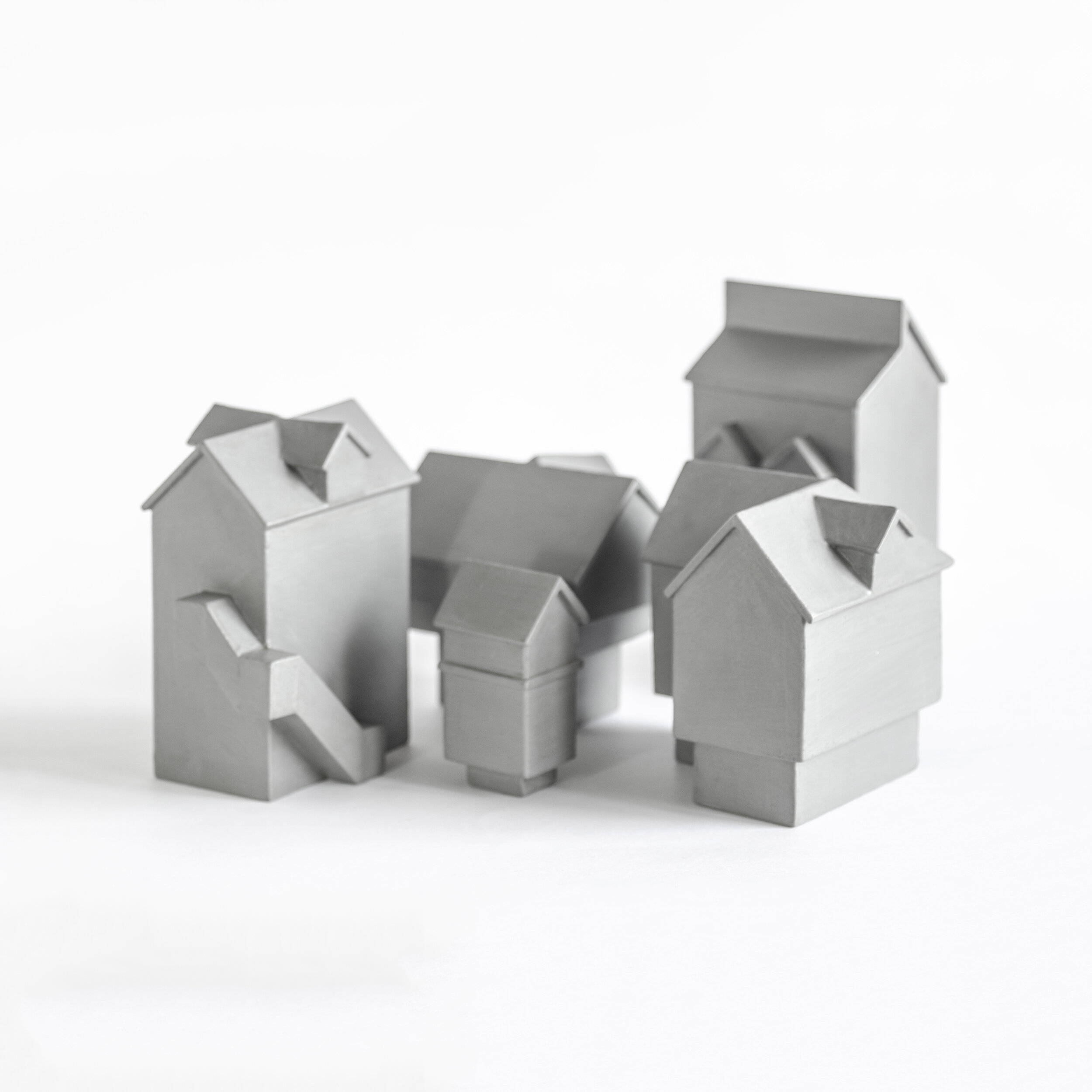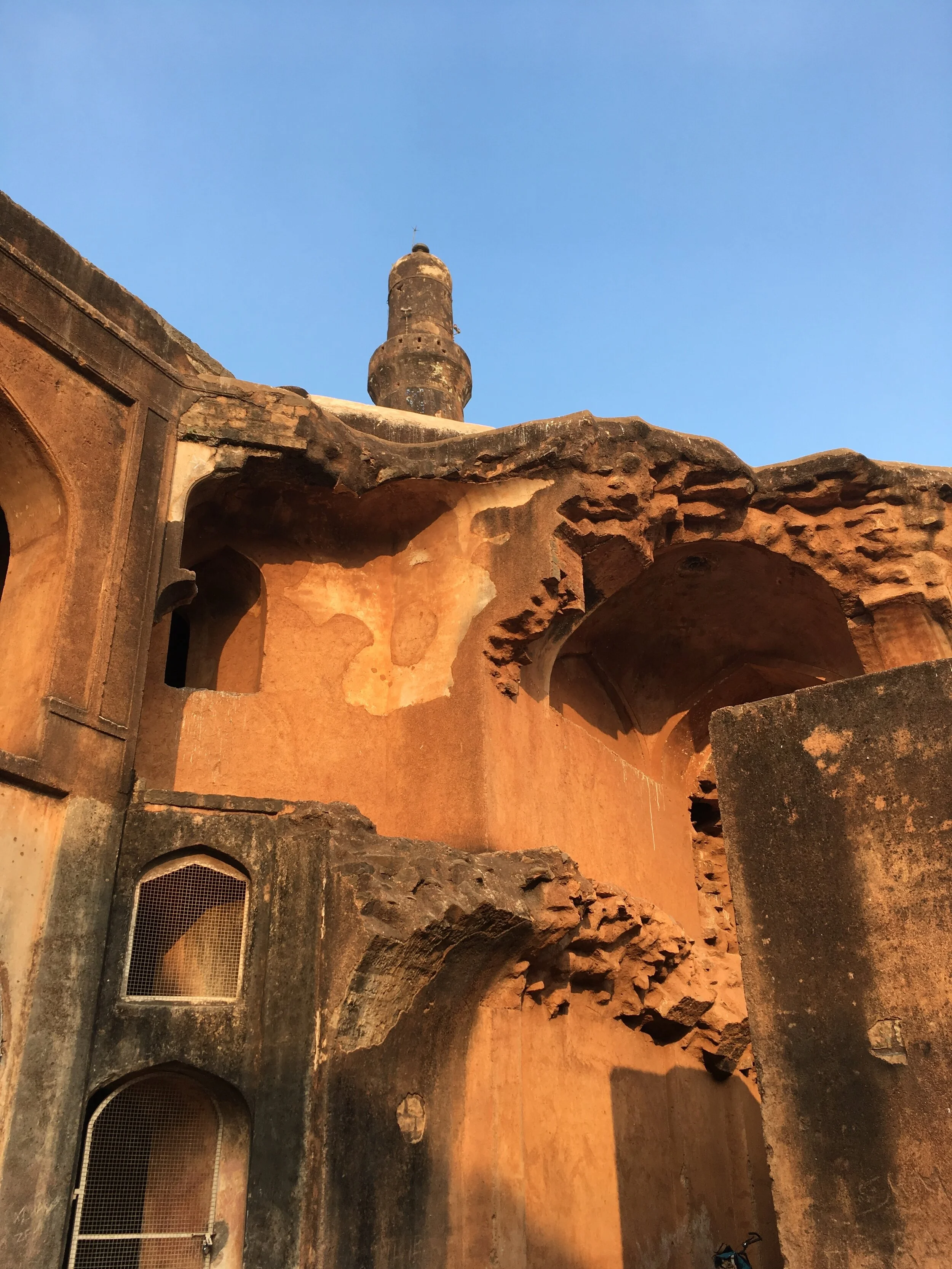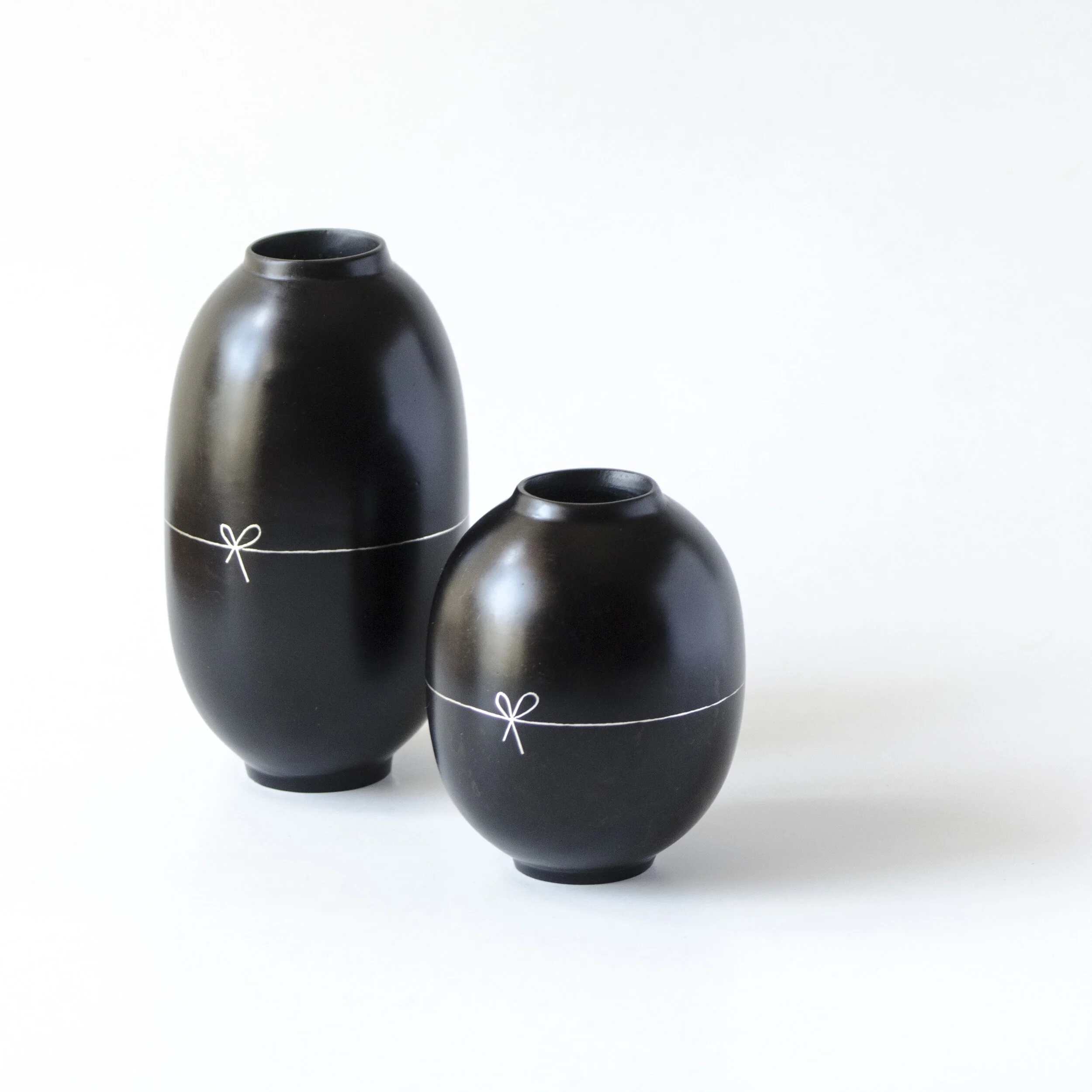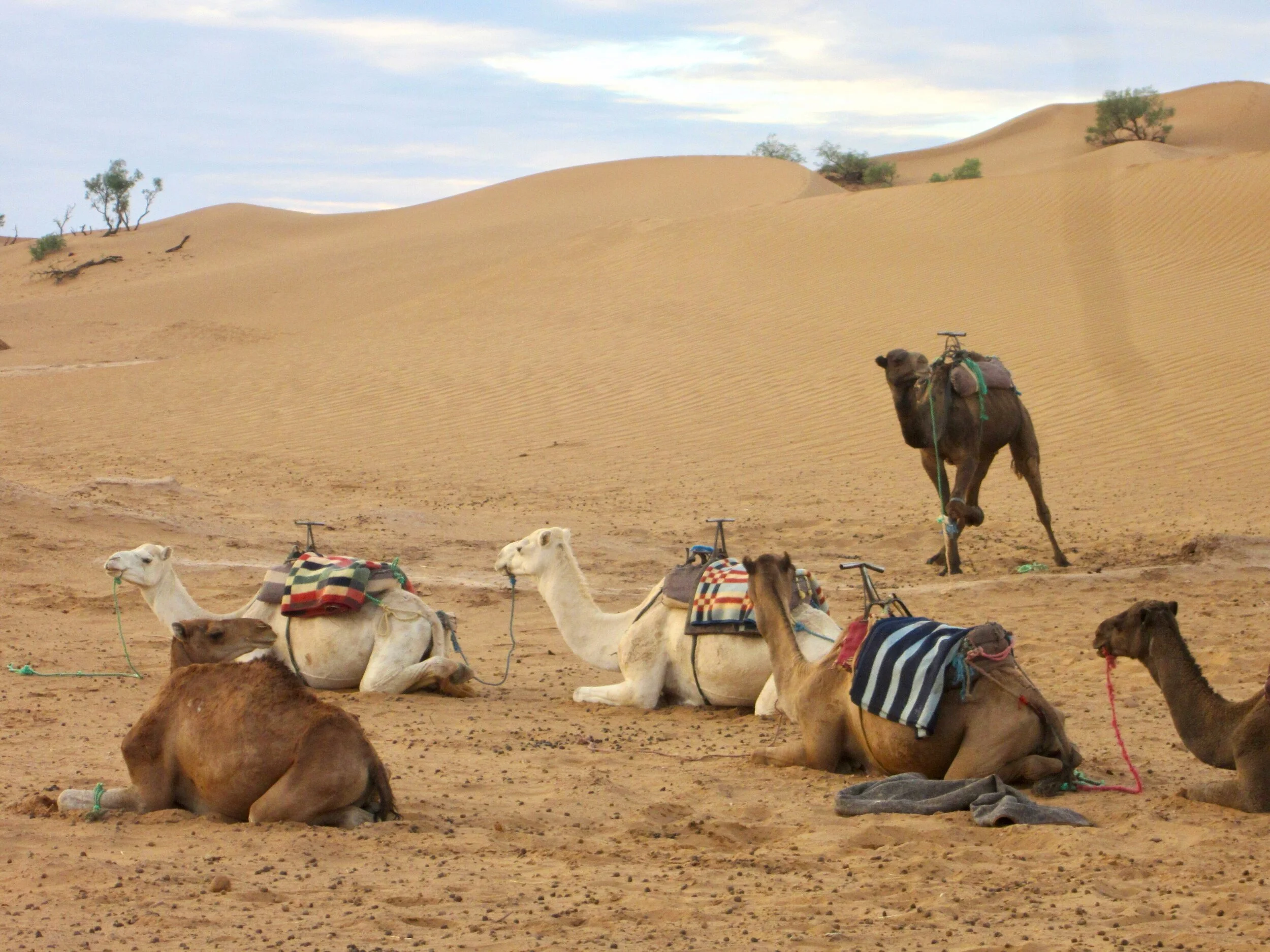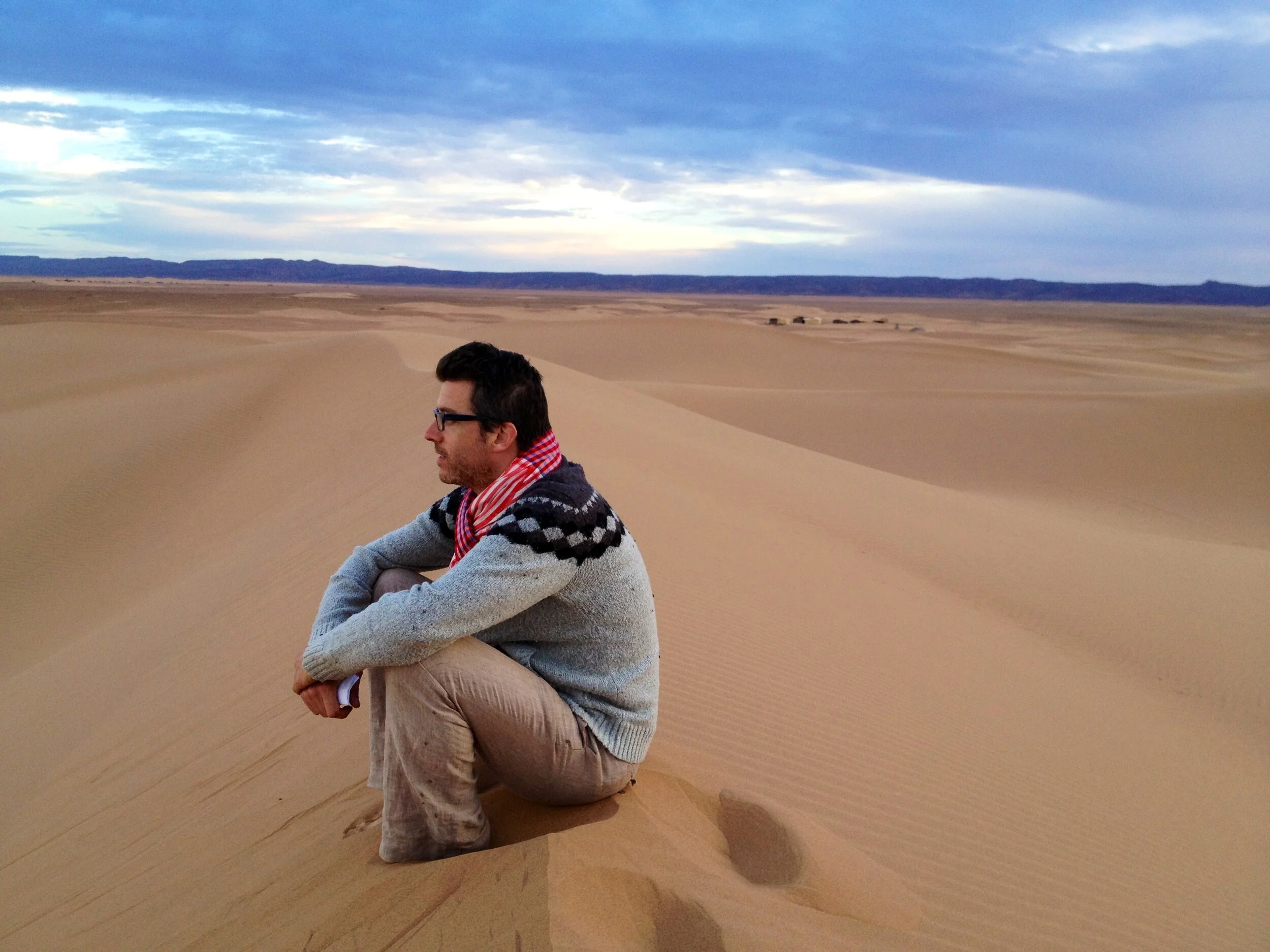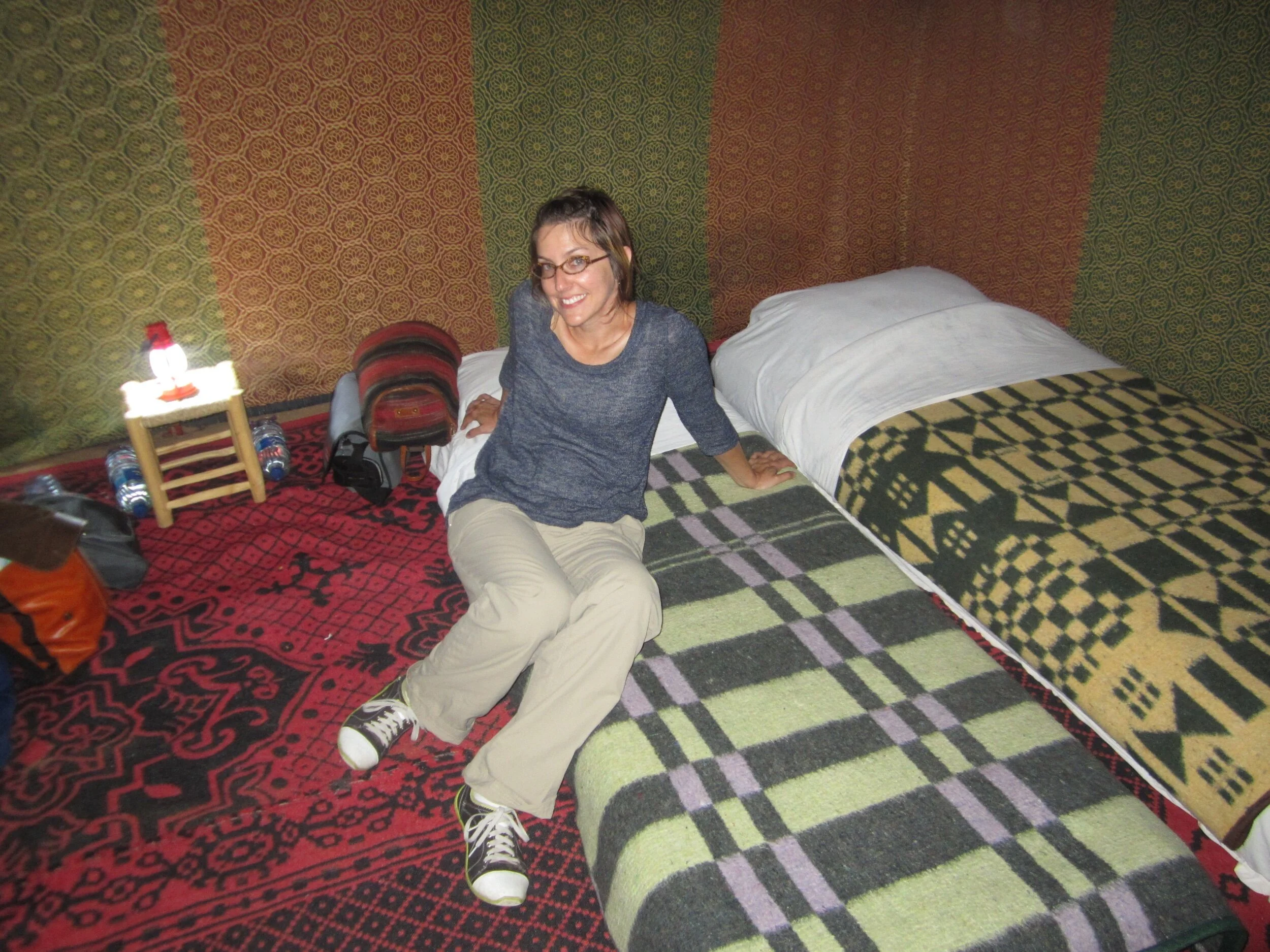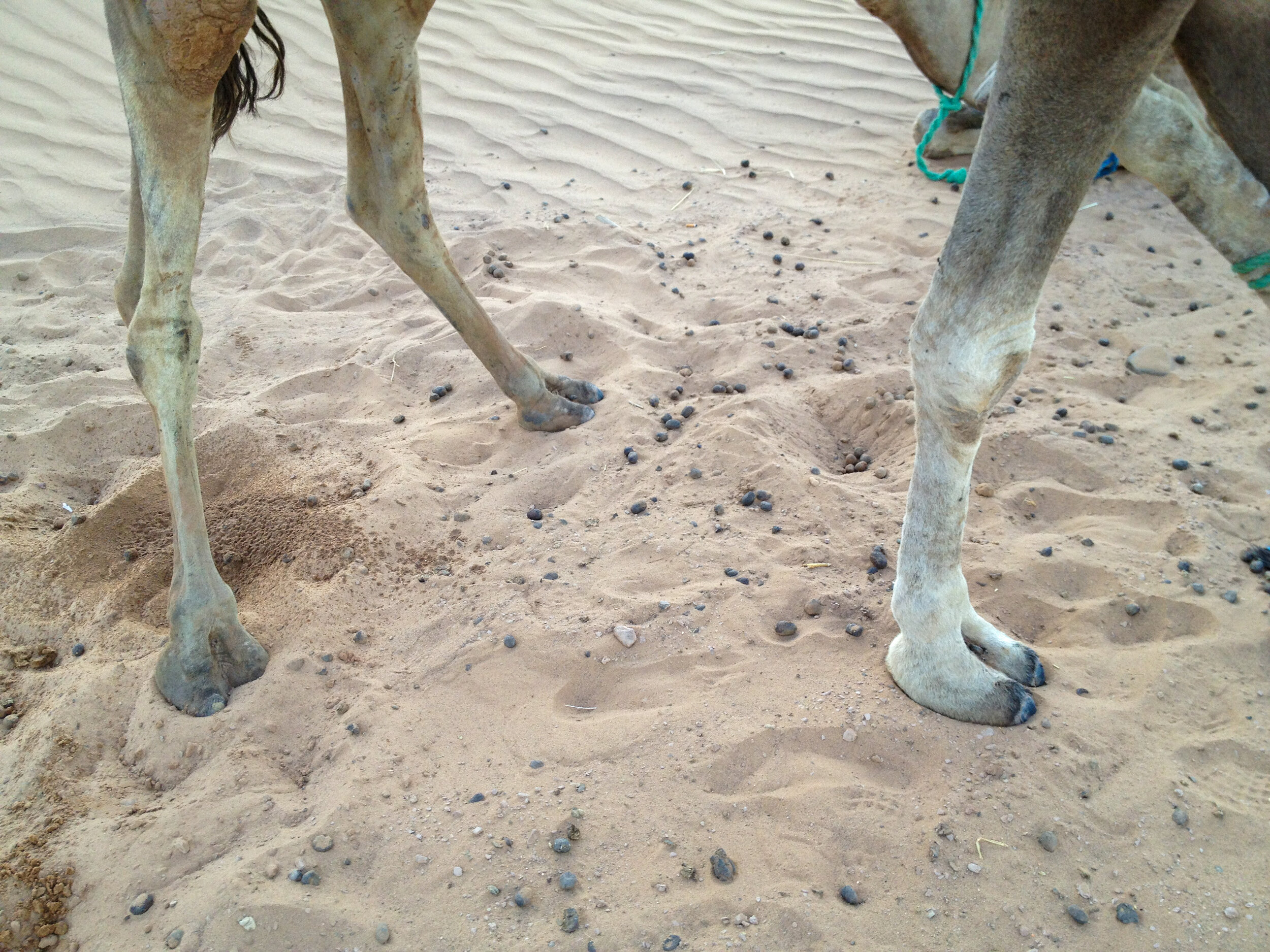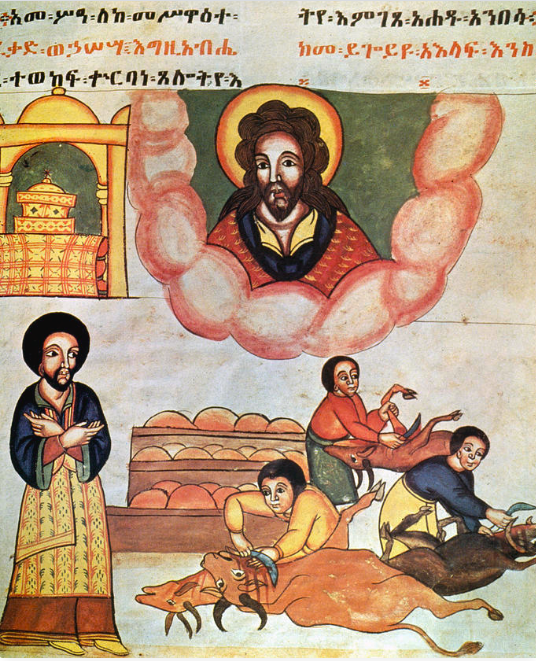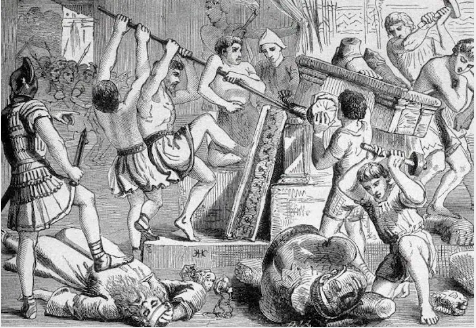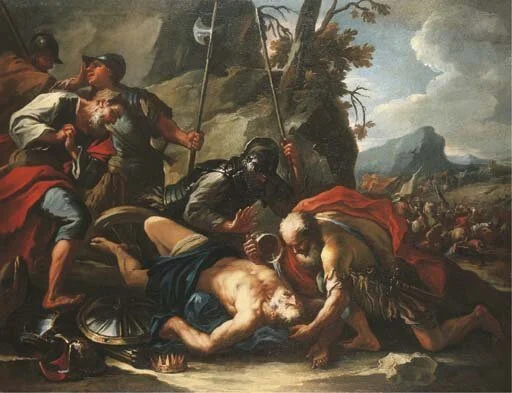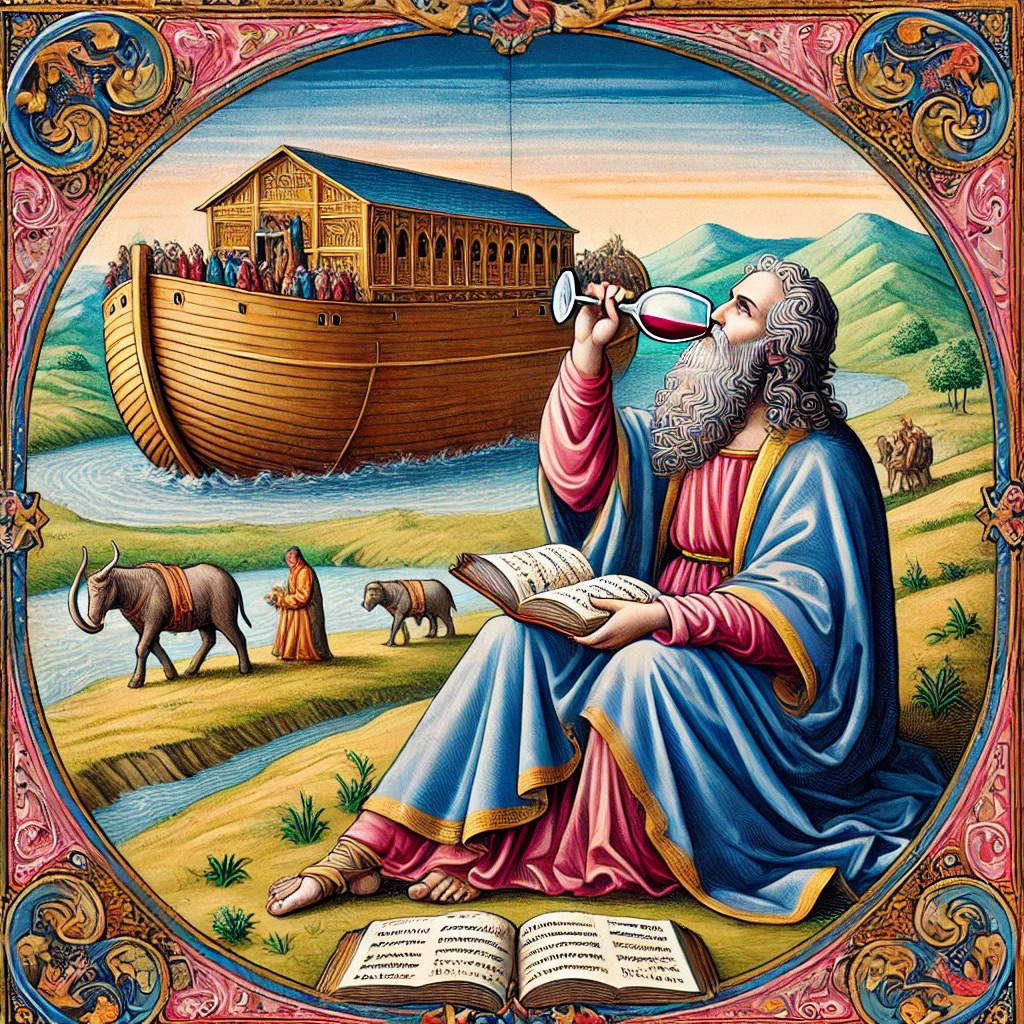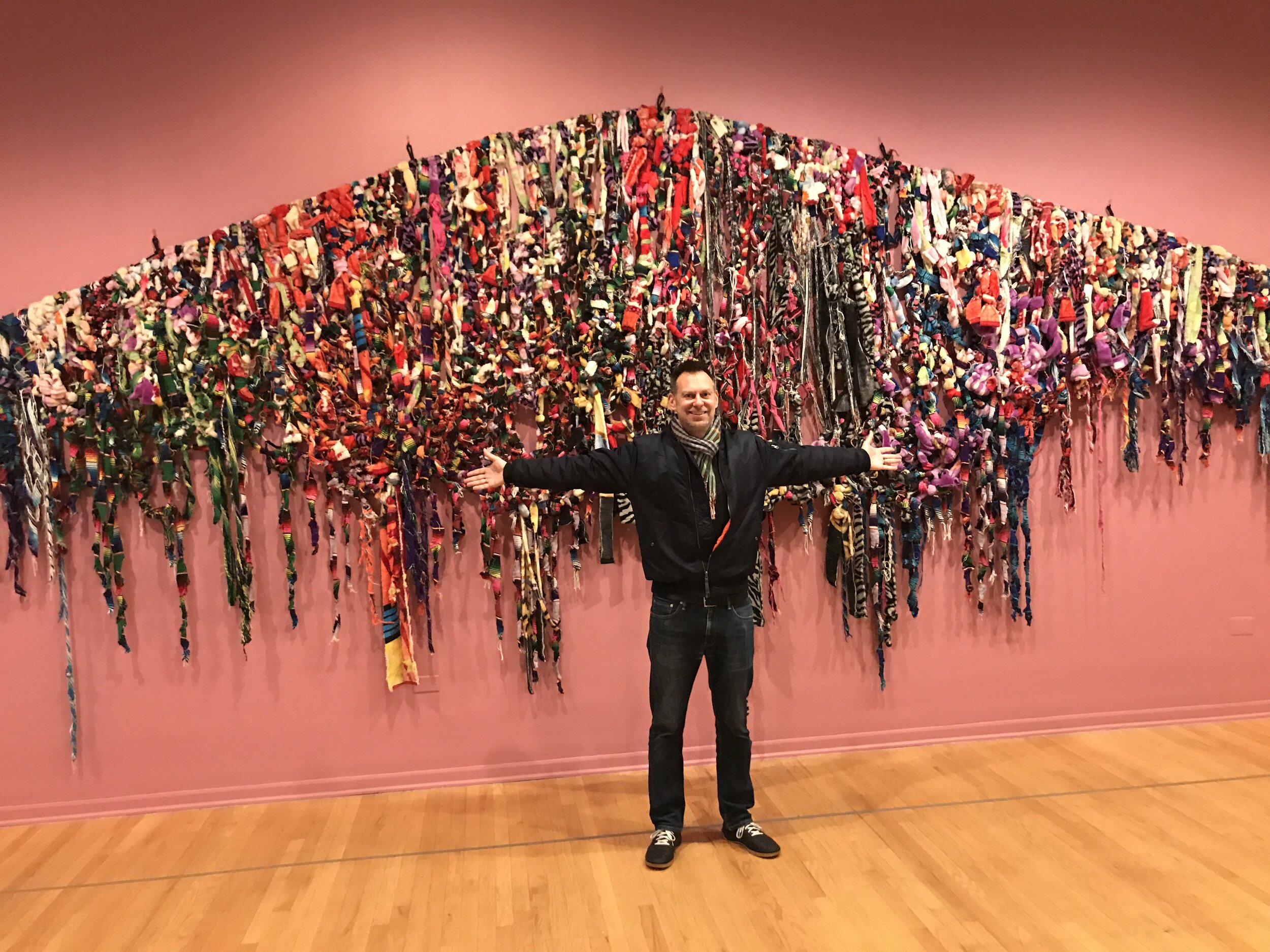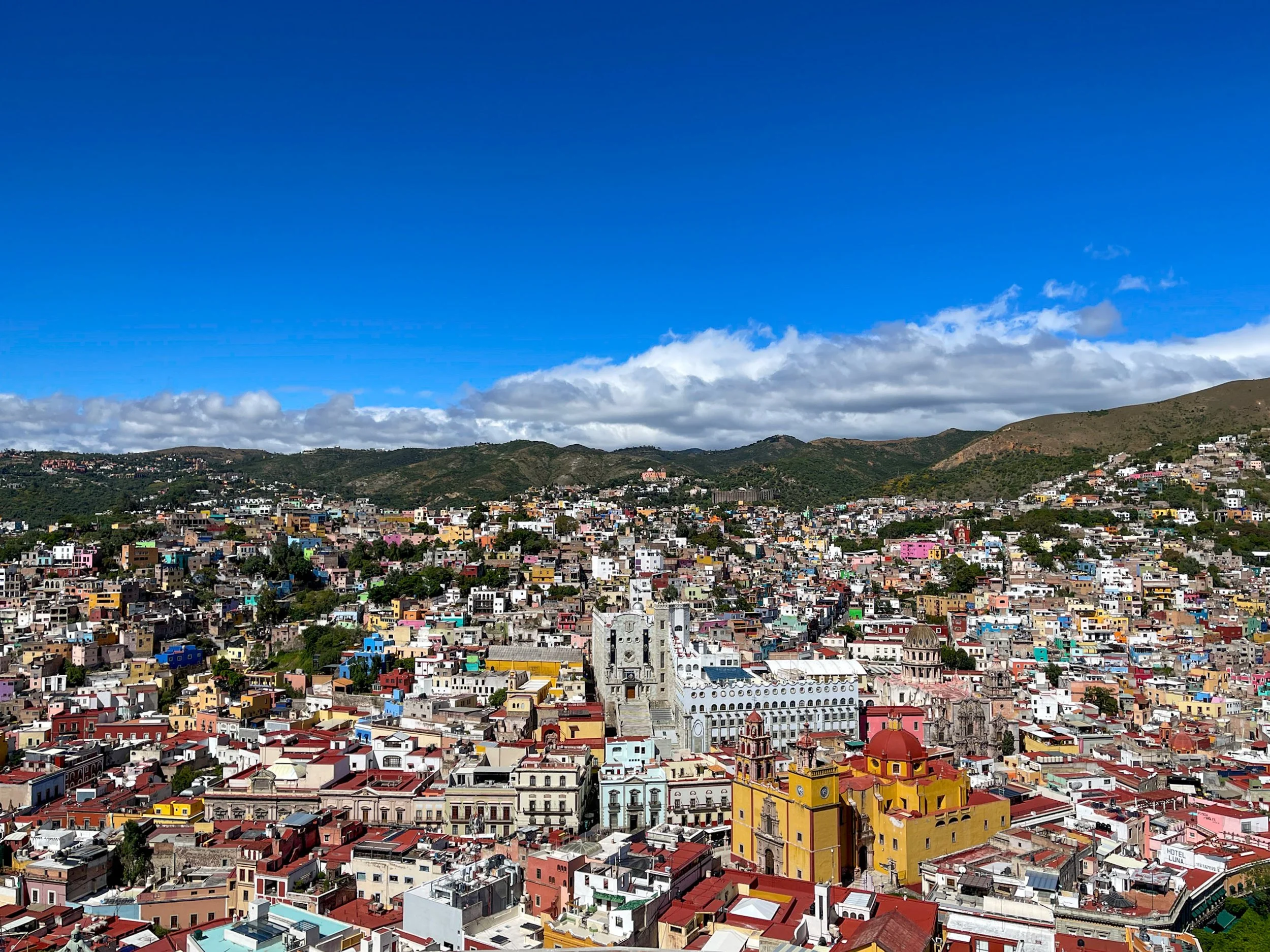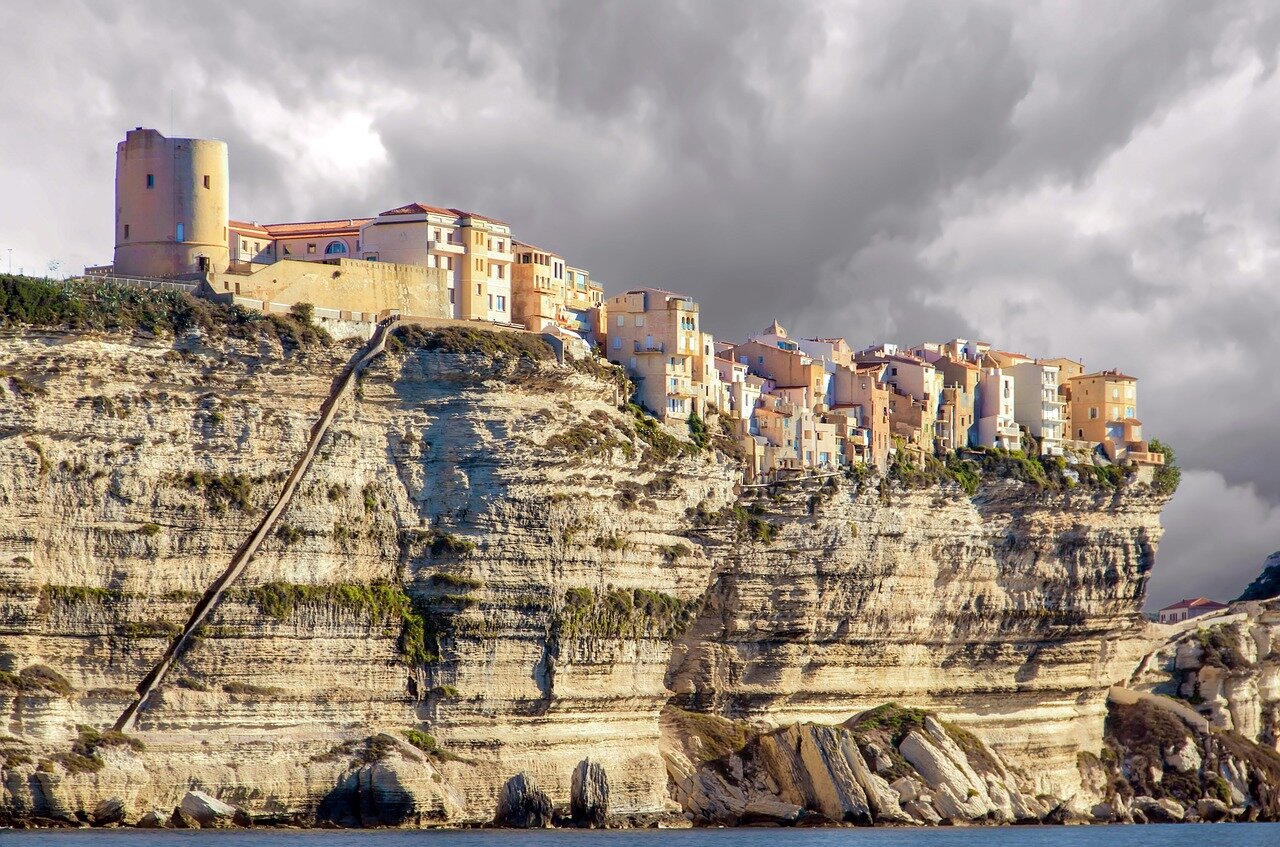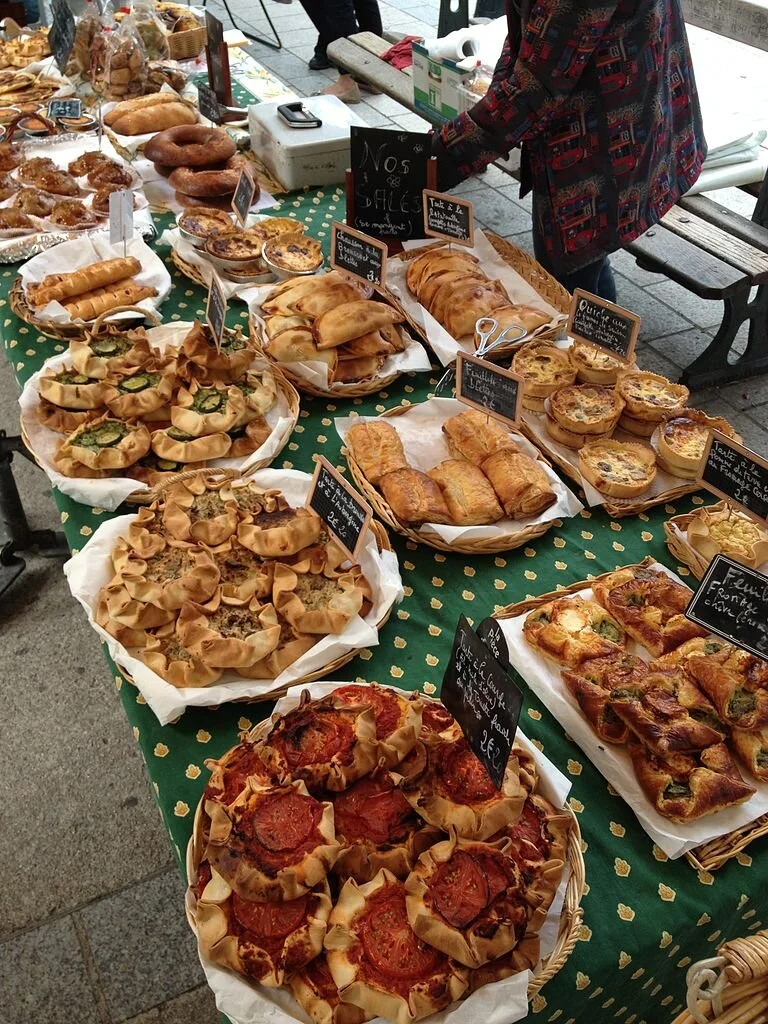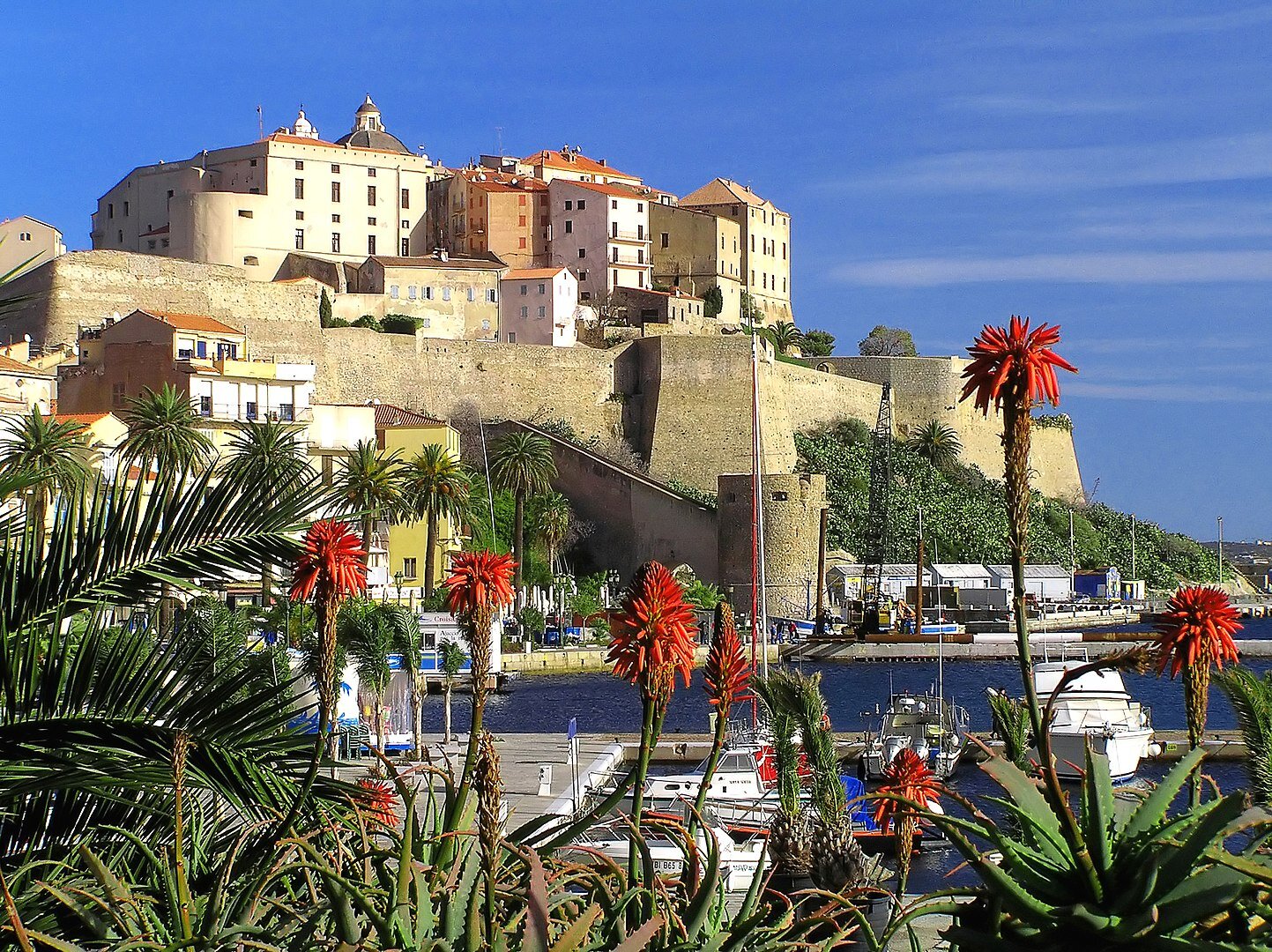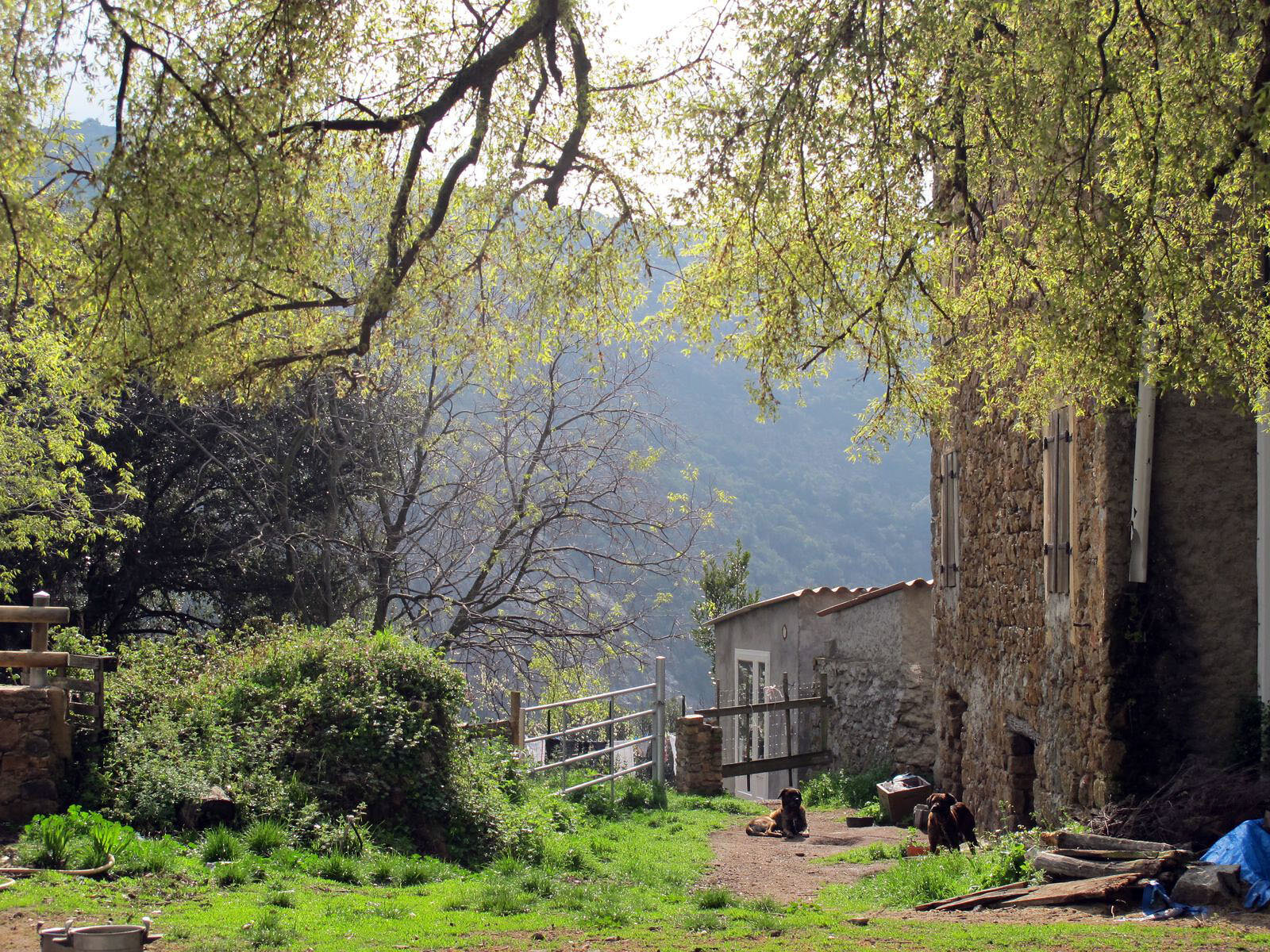A Q&A with Linda Hanna, who shares the appeal of Oaxaca, Mexico, her passion for textiles and the now sadly closed Casa Linda B&B.
Linda Hanna, folk art guide extraordinaire
If you have a passion for folk art, as Duke and I do, Oaxaca has to be on your Mexico itinerary. And if you want to visit the workshops of the local artisans of this colorful state, there’s no better guide than Linda Hanna.
I first heard about Linda in Viva Oaxaca: An Insider’s Guide to Oaxaca’s Charms, and authors Robert Adler and Jo Ann Wexler didn’t exaggerate when they describe her as an expert who knows most of the region’s artisans personally. In fact, Linda is the one who chooses the artists who will represent Oaxaca at the national Feria Maestros del Arte (Masters of Art Fair) held at the yacht club in Chapala, Jalisco each year.
“Head, heart and hand: I believe creating folk art involves these three elements.”
Linda’s a charming guide who’s eager to cater your day trip to whatever villages best represent your passion. The pueblos around the city of Oaxaca hold a variety of talented artisans creating various products, but the three biggies are alebrijes, pottery and rugs.
What exactly are alebrijes?
Fantastical creatures inspired by a fever dream: Learn more about our favorite Mexican folk art tradition.
The lovely Casa Linda, outside of Oaxaca de Juárez
We spent the better part of a delightful day with Linda, visiting woodcarving workshops, and ending the tour with a visit to her home, which is filled with so many amazing pieces of locally created folk art, it could very well be a museum. She even made us lunch — a watermelon-based gazpacho with mango chunks that Duke and I can’t stop thinking about.
Want to learn more about folk art day trips in Oaxaca? Email Linda at folkartfantasy@gmail.com.
Duke is still dreaming of the watermelon gazpacho he had at Casa Linda.
Wally’s happy place is being surrounded by lush plants and amazing folk art.
Here’s our Q&A with this fascinating expat and fellow folk art fanatic:
What first drew you to Oaxaca?
I first visited Oaxaca with my oldest daughter in 1992. She had been in Chiapas, and we came to Oaxaca for a weekend. It just so happened to overlap the last Monday in July, so the Guelegetza festival was full on. It was like being in nonstop fiesta mode and with many, many vendors offering the various folk arts of Oaxaca.
I had been a weaver and designer of wearable art for 15 years in California, so I was completely in awe of the diversity and quality of the Oaxacan textiles.
One of the many kitties roaming the grounds
What has kept you there?
As it turned out, my daughter decided to live in Oaxaca when she finished her BA. By then, I was teaching elementary school in Richmond, California. Whenever I had vacation time, I booked another trip to Oaxaca, and finally, in 1997, I decided I would come for a year so I could improve my Spanish and then try and find work in a different school district. So, in August of 1997, I arrived in Oaxaca — and apart from visits to the States and a few other places, have never left.
I rented a place in town (about a seven-minute walk to the Zócalo) for about four years. At that point, I knew that I was going to stay in Oaxaca for the duration of my life. It was then I decided maybe I ought to invest in property and was eventually shown the house in San Andrés Huayapam in which I’m still living. It is about five miles northeast of old Oaxaca and also about 600 feet higher. I knew when I first saw the house that it would be perfect for my growing collection of Oaxacan folk art.
“Mi casa es su casa,” reads the plaque at Linda’s charming home.
Tell us about your B&B. When did you open it? What inspired you to do so?
In the beginning, I didn’t have a car — only my bike, which I would ride into town and to the pool, which was another obsession at that time.
It was a friend, Carol Ross, who suggested that I get a car so I could help her with folk art tours. She was also the person who nudged me into opening a B&B in my home.
The thing that made my B&B a bit different was that I would also offer full-day tours to visit the folk artists whom I had gotten to know in the years I had been in Oaxaca.
At first I was resistant and only wanted to be a host for friends or friends of friends. However, that was a really short list. I made the decision to go on the internet in 2006 and operated Casa Linda until COVID happened. Finally, in 2021, I closed Casa Linda, but I am still doing the tours even though I no longer have the website.
Everywhere you look at Linda’s home you’ll find great examples of local folk art.
You’re a big fan of folk art. What about it most appeals to you?
I believe my interest in folk art came by way of textiles, which was a passion and vocation I had developed in California. When I moved to Oaxaca — which is the Mexican state with the most diverse textile traditions — I knew I had settled into the place I belonged.
However, I don’t think it’s possible to live in Oaxaca and not be impressed by its many other wonderful folk art traditions, which include ceramics, woodcarving, tin, gourds, corn husk and silver jewelry, to name a few.
For most of my adult life I have thought that the ideal job would incorporate the three H’s — that is, head, heart and hand. I believe creating folk art or perhaps all art involves these three elements. I certainly experienced it when I was a weaver, and it seemed perfectly natural to support craftspeople in Oaxaca.
A sirena (mermaid) takes center stage in this retablo.
What are some of your favorite types of folk art?
As I mentioned, I was drawn first to the textile crafts. Since I had been a weaver, I was more experienced in being able to appreciate the expertise and skill of these artesanos.
I have been often asked if I wanted to do weaving again here, but in fact I haven’t wanted to. I would much rather take visitors to meet and see the work of these remarkable craftspeople.
My interest in textiles culminated in an exhibition called Rosas y Revelaciones. This is a homage to the Virgin of Guadalupe as seen through the garments that I commissioned 85 artesanos to make from 13 different states, but mostly from Oaxaca.
These hungry birds appropriately adorn the dining table.
How did you start getting to know the locals who create this folk art?
The way I came to know a number of the artesanos making high-quality crafts was by going to exhibitions or into galleries and writing down the names and villages where they lived. I would then go, and if I didn’t have an actual address I might ask a colectivo driver or maybe a cantina owner if they knew this person. Then I would go to their home. Now it’s easier, as almost everyone has a cell phone, and many more craftspeople are on the internet.
A creepy-cool mask hanging in the open-air garage
What’s the best-kept secret about Oaxaca?
I don’t know if it’s really a secret, but I think Oaxaca is a place of endless delights. I have been writing about its folk arts, but there is a whole other world of its archaeology, which continues to reassert itself in folk art.
There are also the worlds of food and mezcal, which could entirely fill a visitor’s itinerary.
There are still 16 languages spoken in Oaxaca and those people more often identify with their indigenous group before seeing themselves as Mexicans.
The side yard at Casa Linda
What’s something that could only happen in Oaxaca?
Is Oaxaca perfect? No — but then what place is? There are far too many blockades for reasons no one can ever seem to figure out. But it also is a place that one can live without supplementary heating or air conditioning. There are few places in the world that can boast that.
When we asked Linda what this triangular structure was, she told us it was a shrine.
If you want to hire Linda as a folk art guide (and really there’s no one else better for the job), email her at folkartfantasy@gmail.com. –Wally
Meet the Woodcarvers of Oaxaca
Here are the artisans who create alebrijes and other wood handicrafts, including Martín Melchor Ángeles, who carves whimsical creations that can’t help but make you smile.



